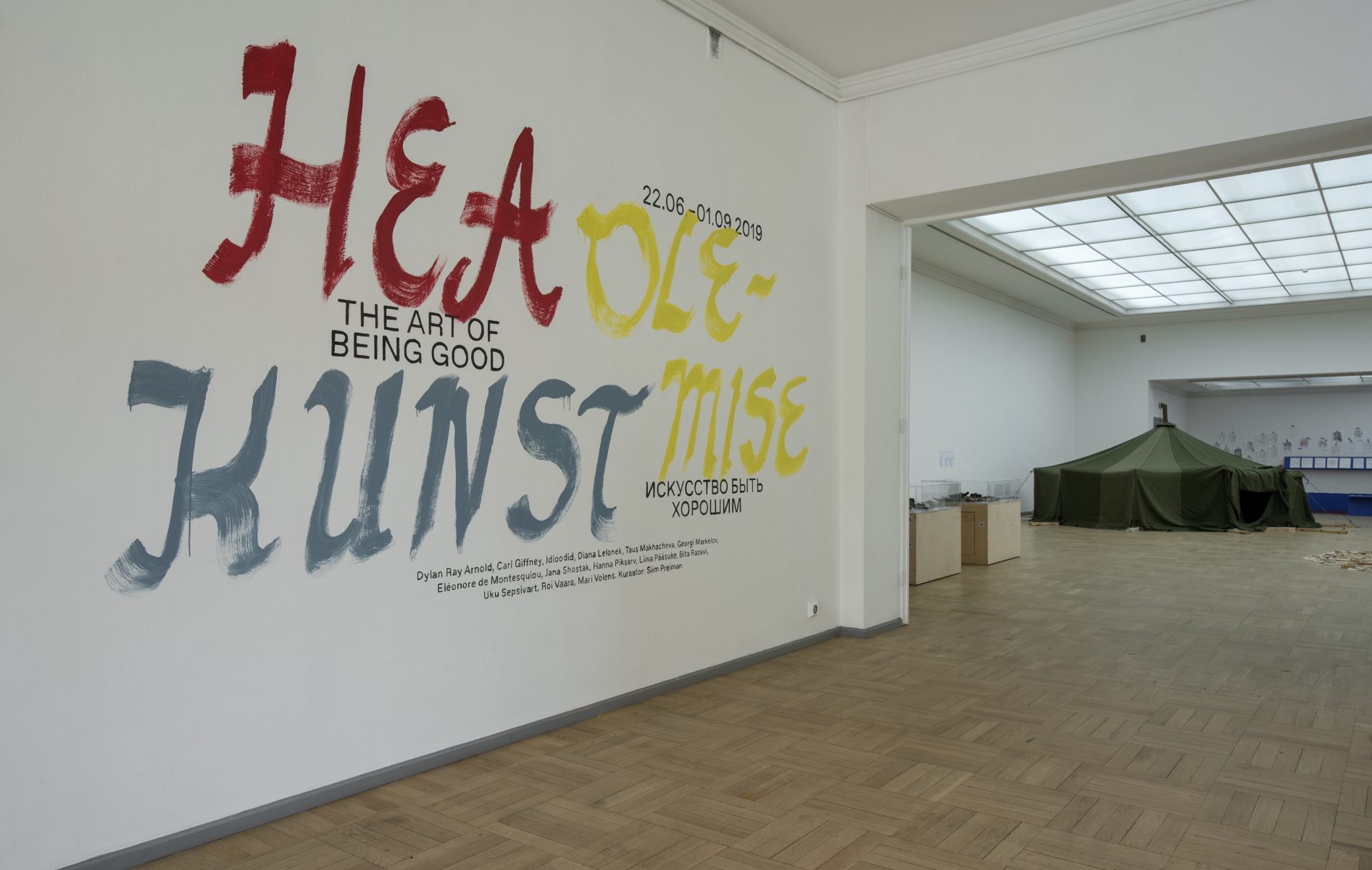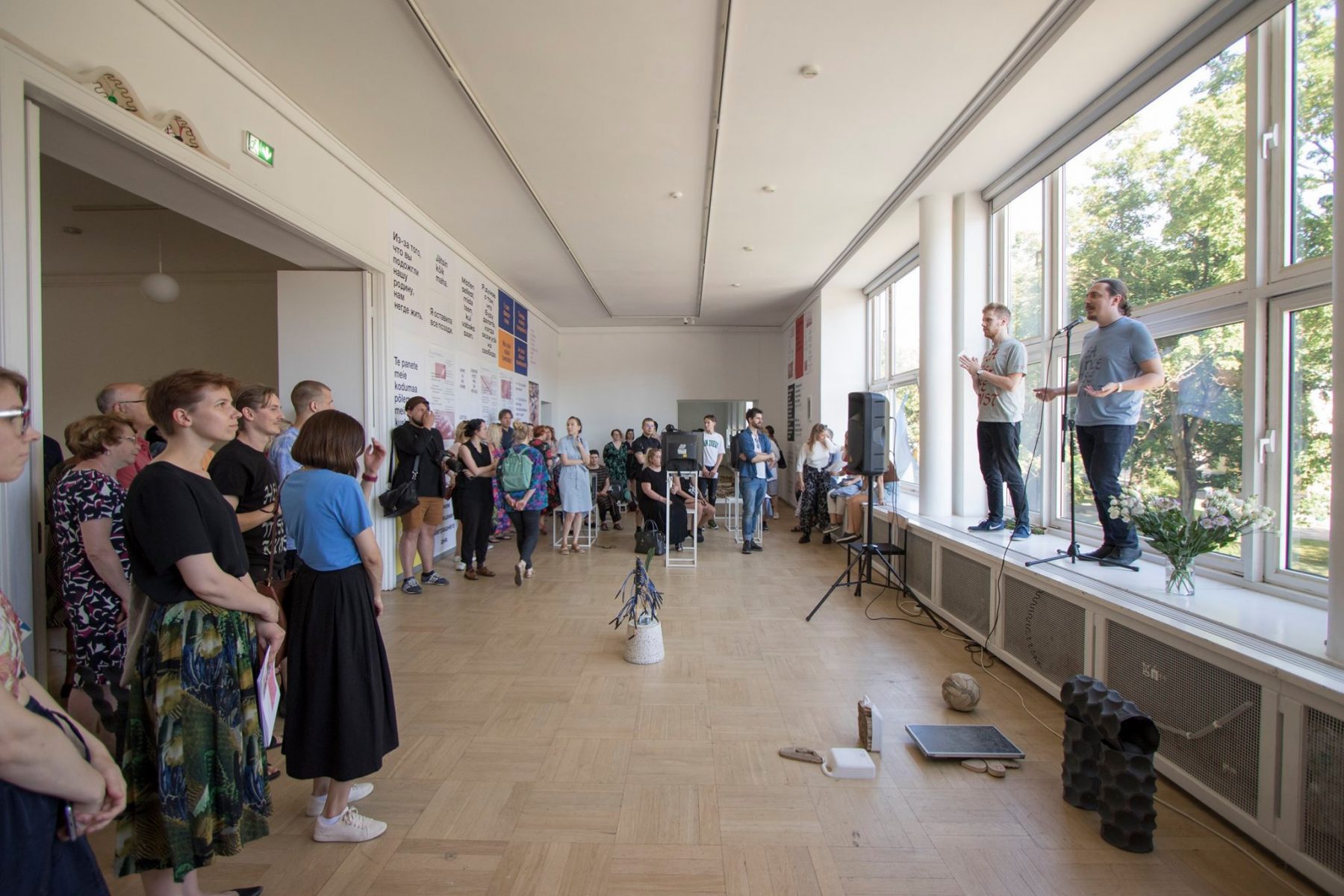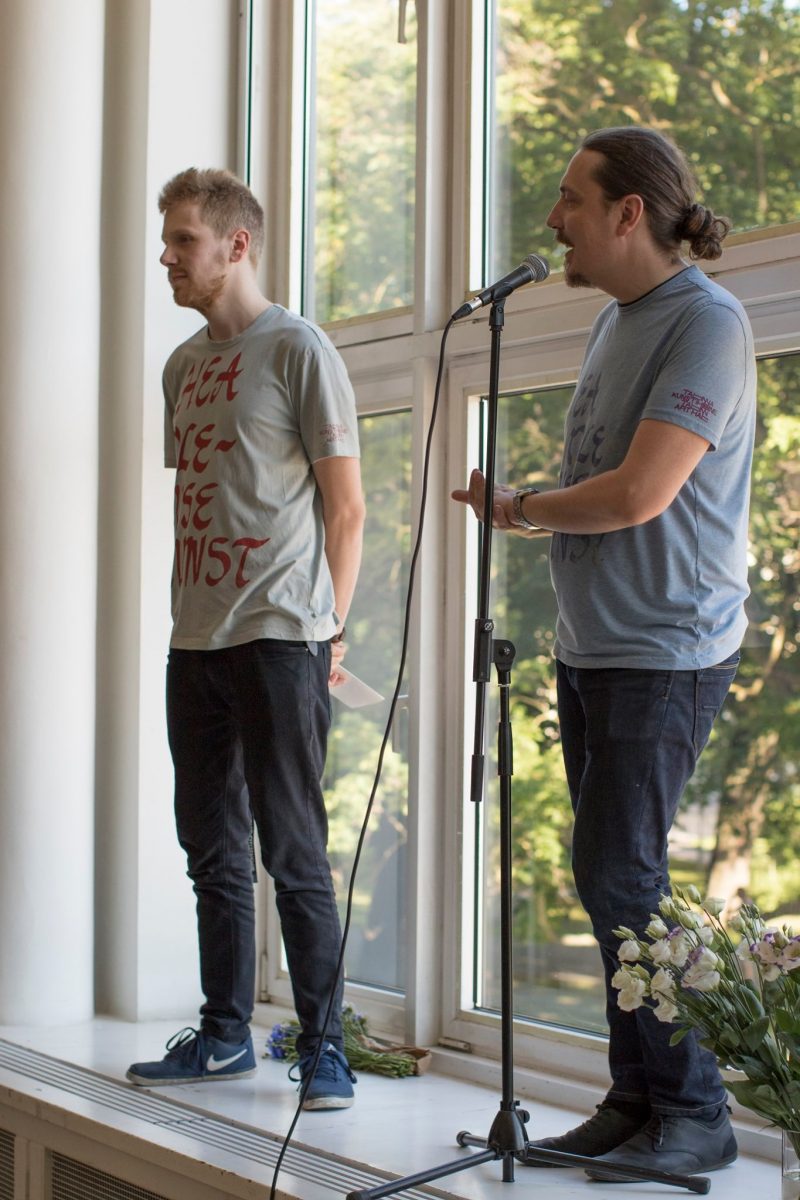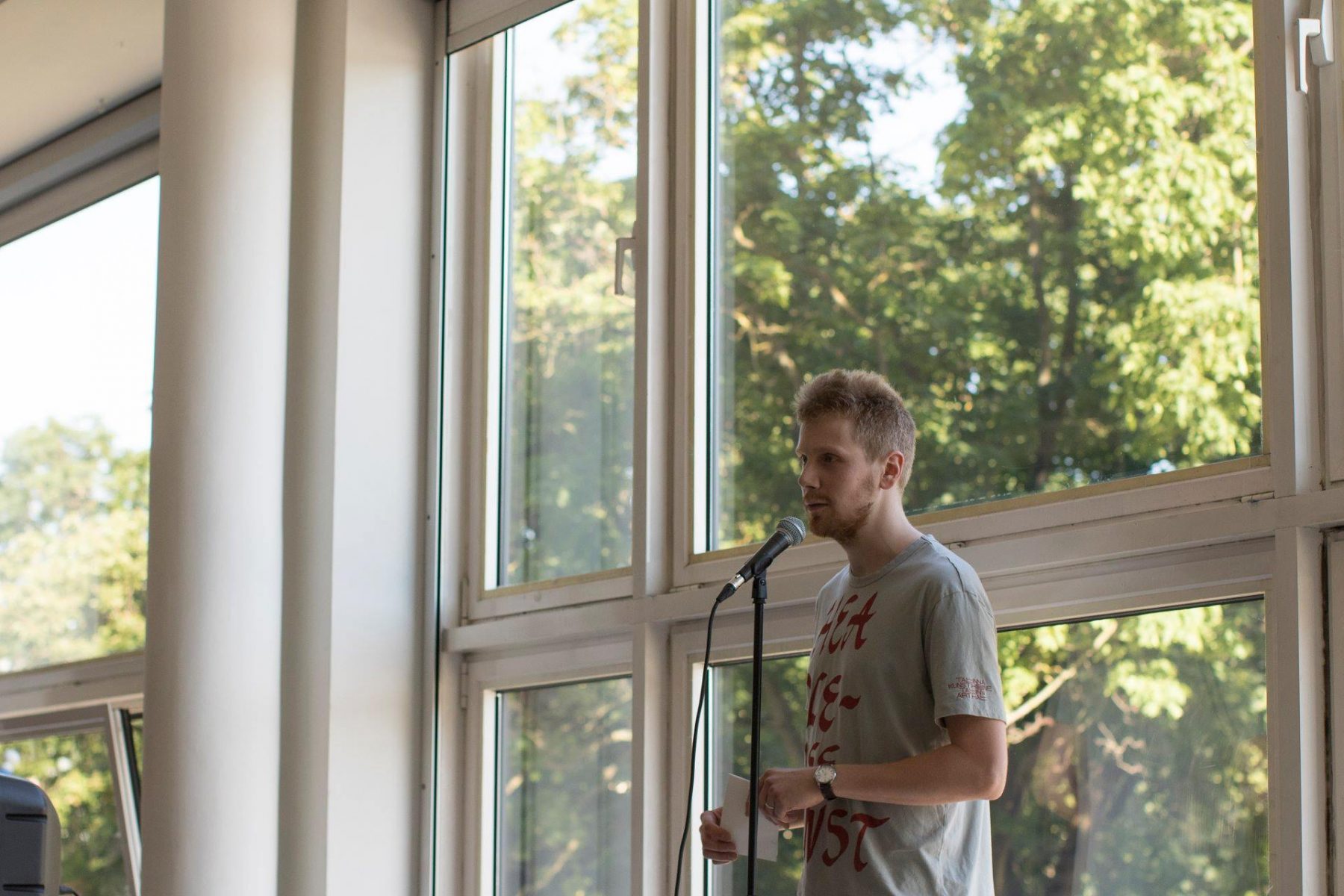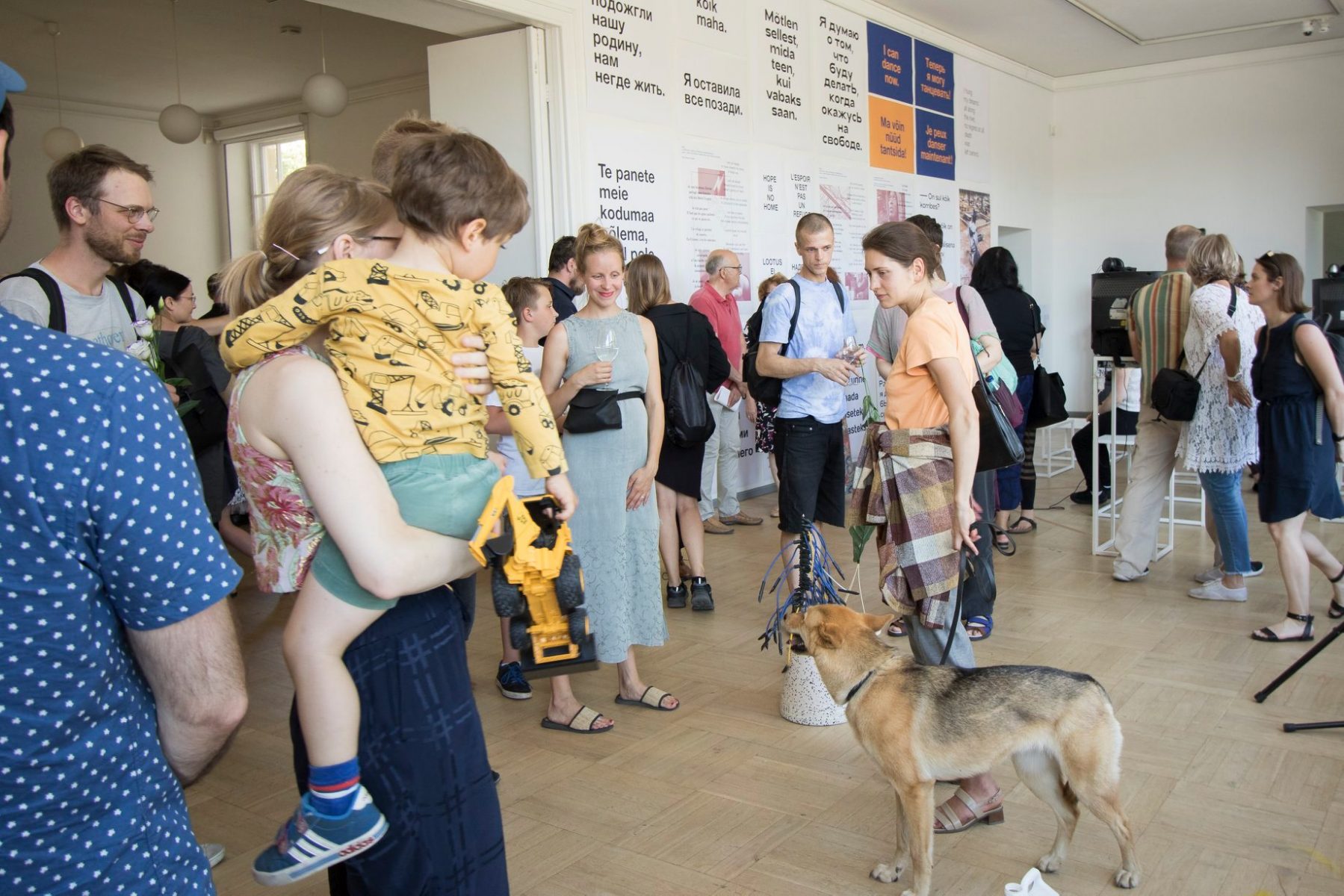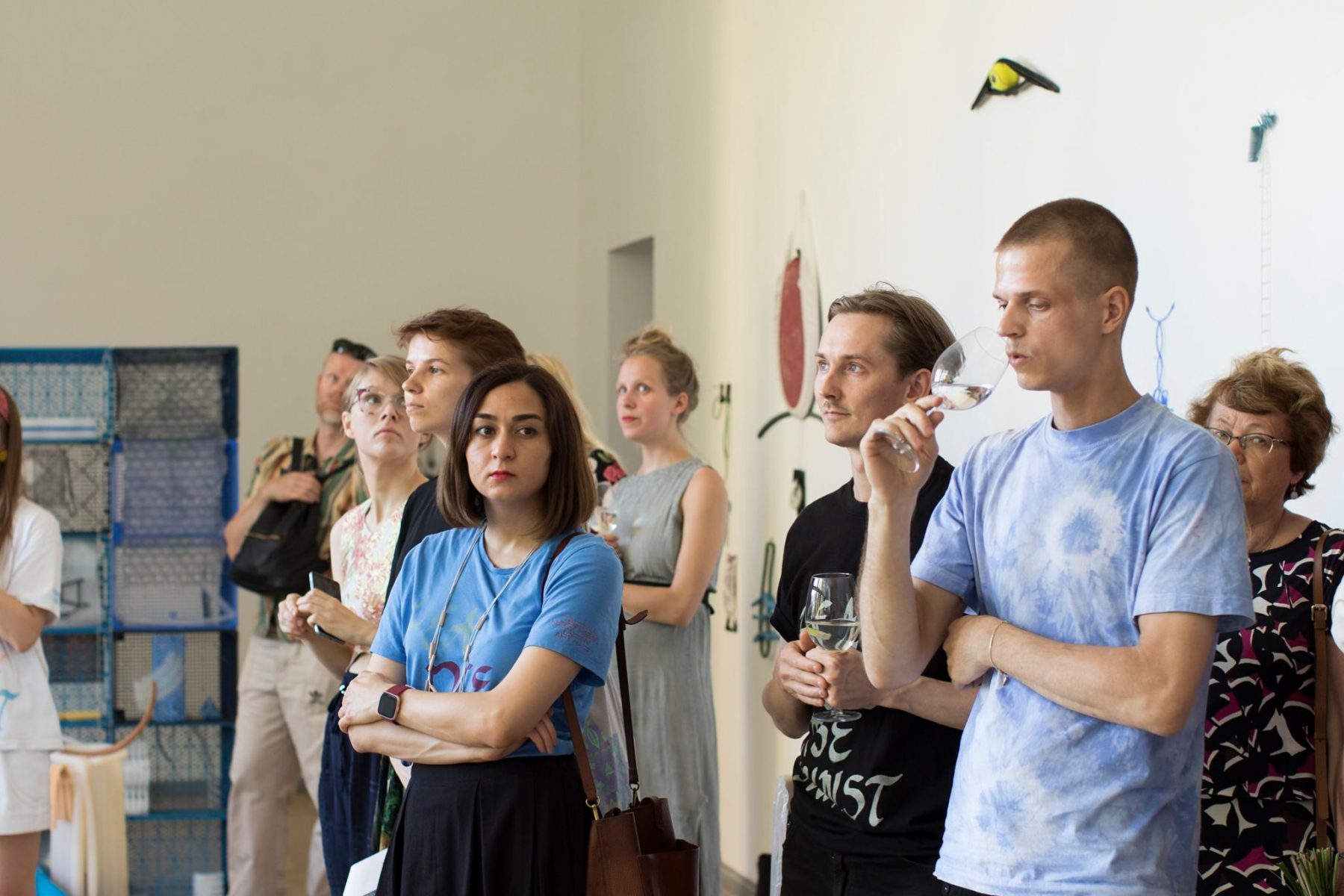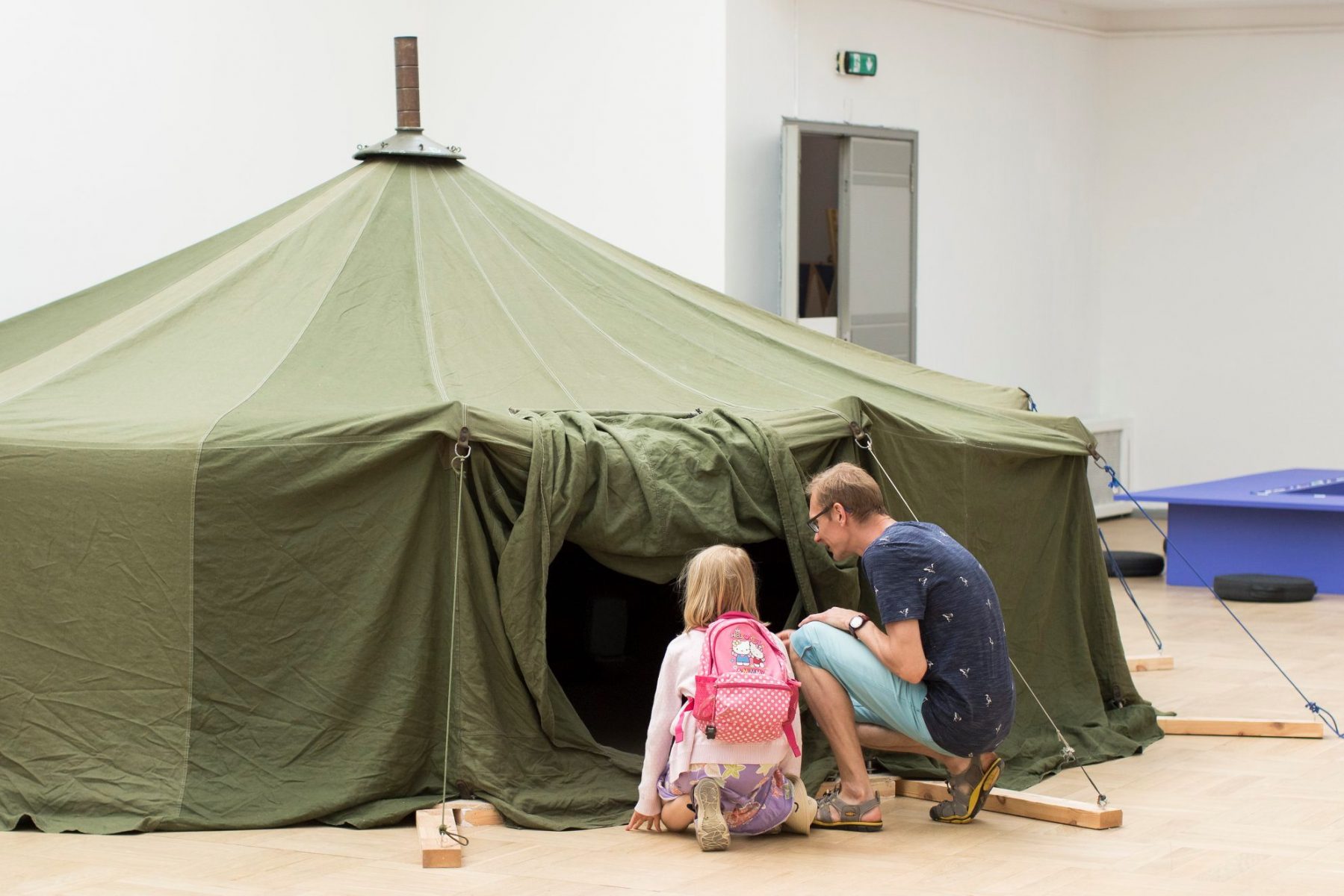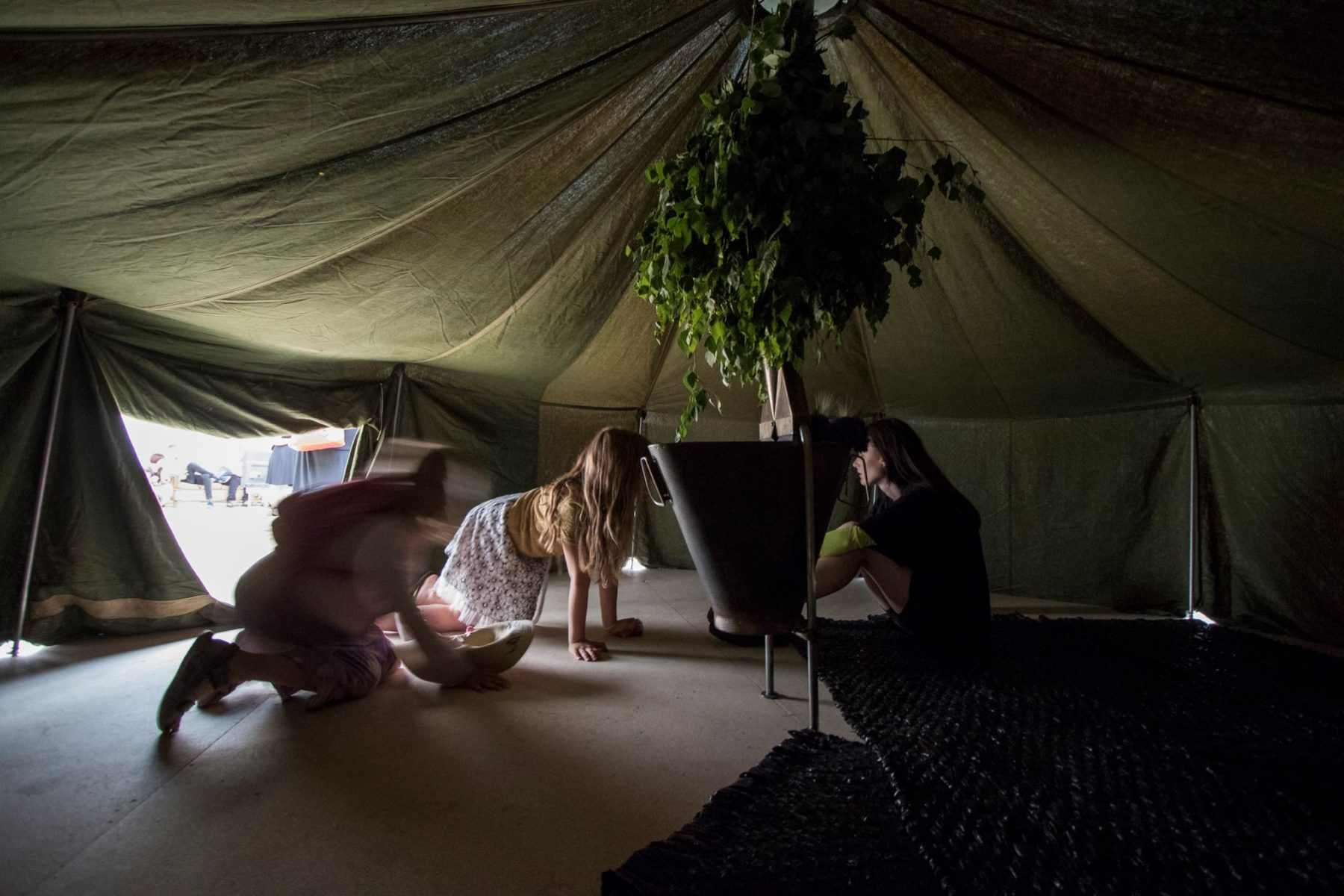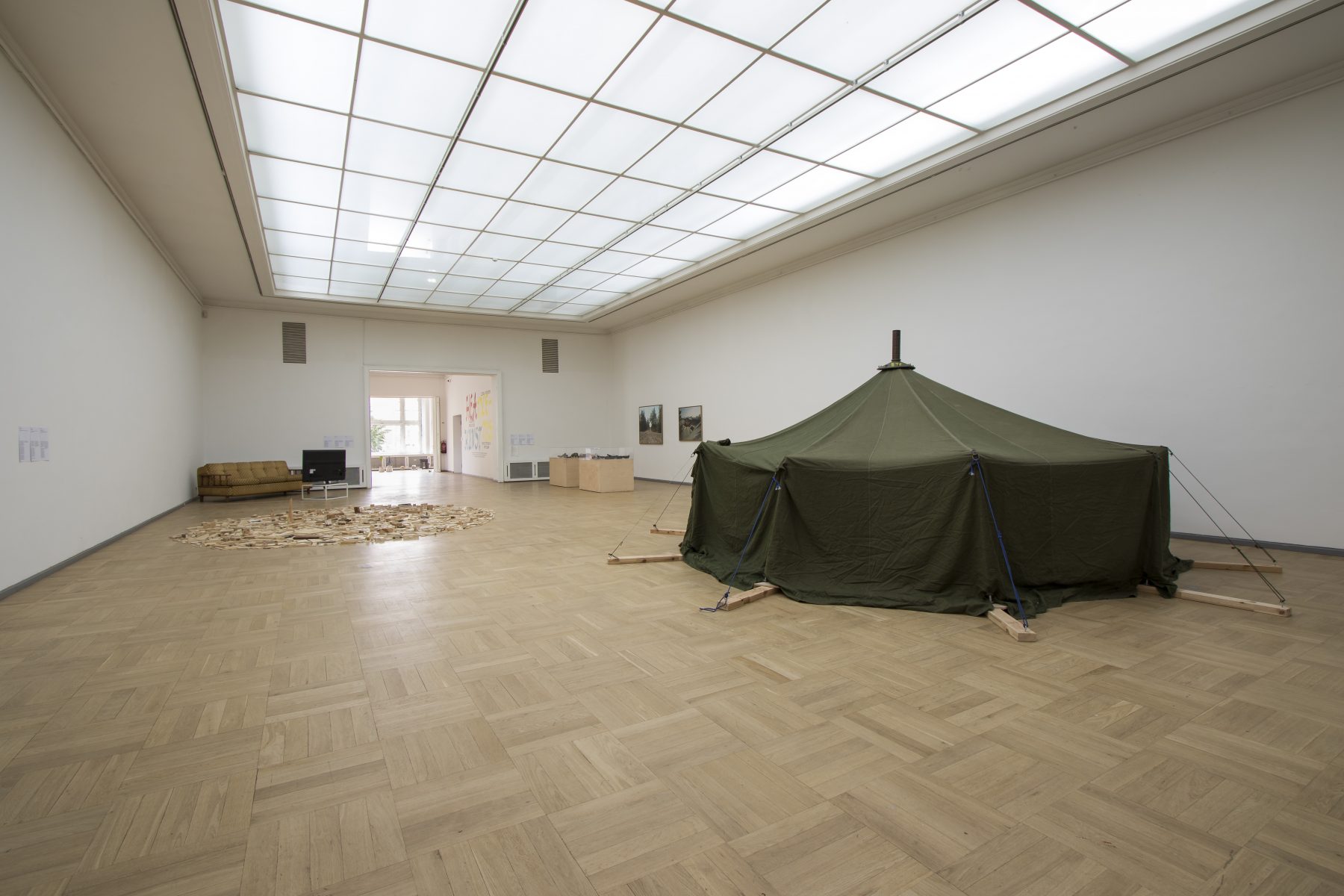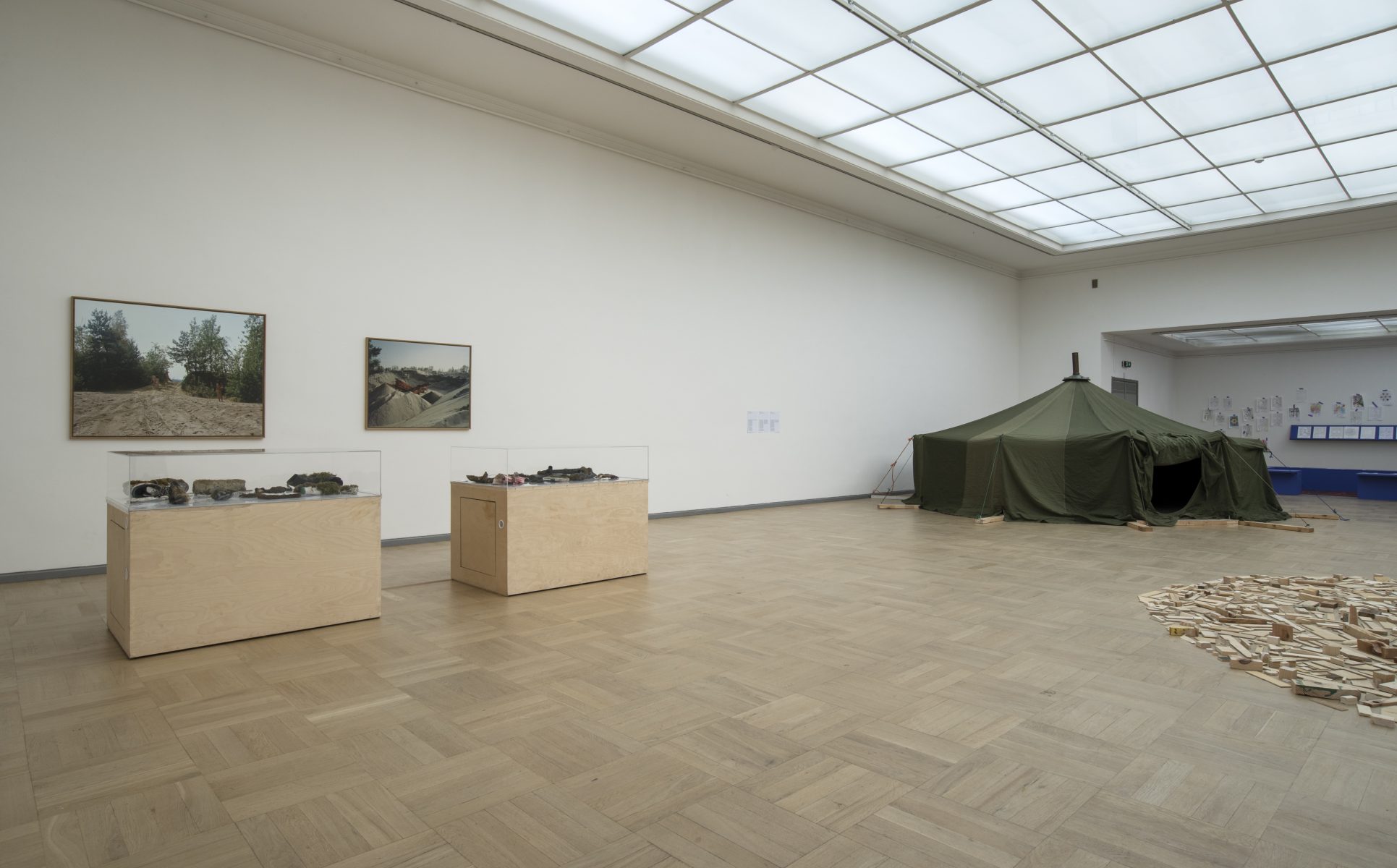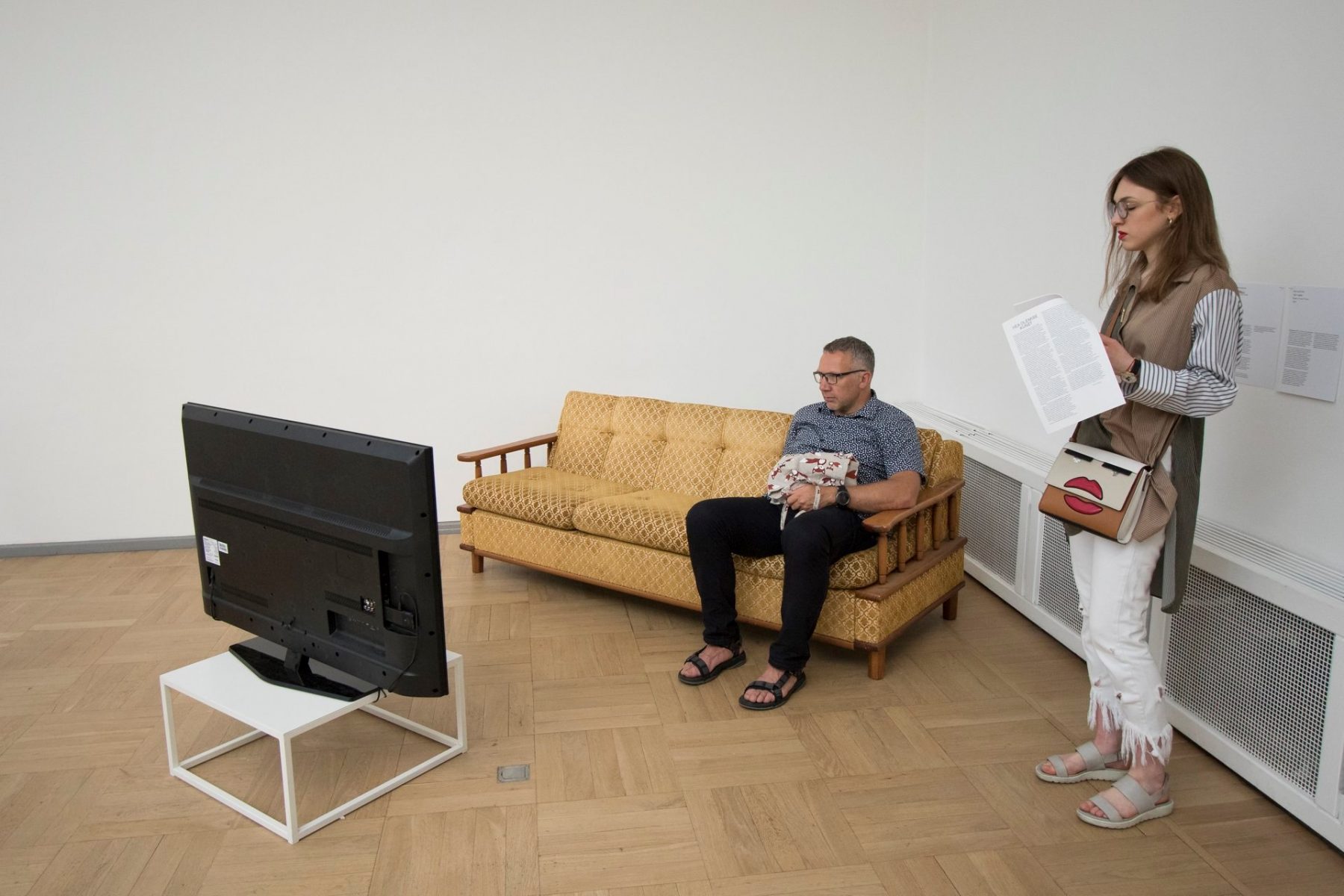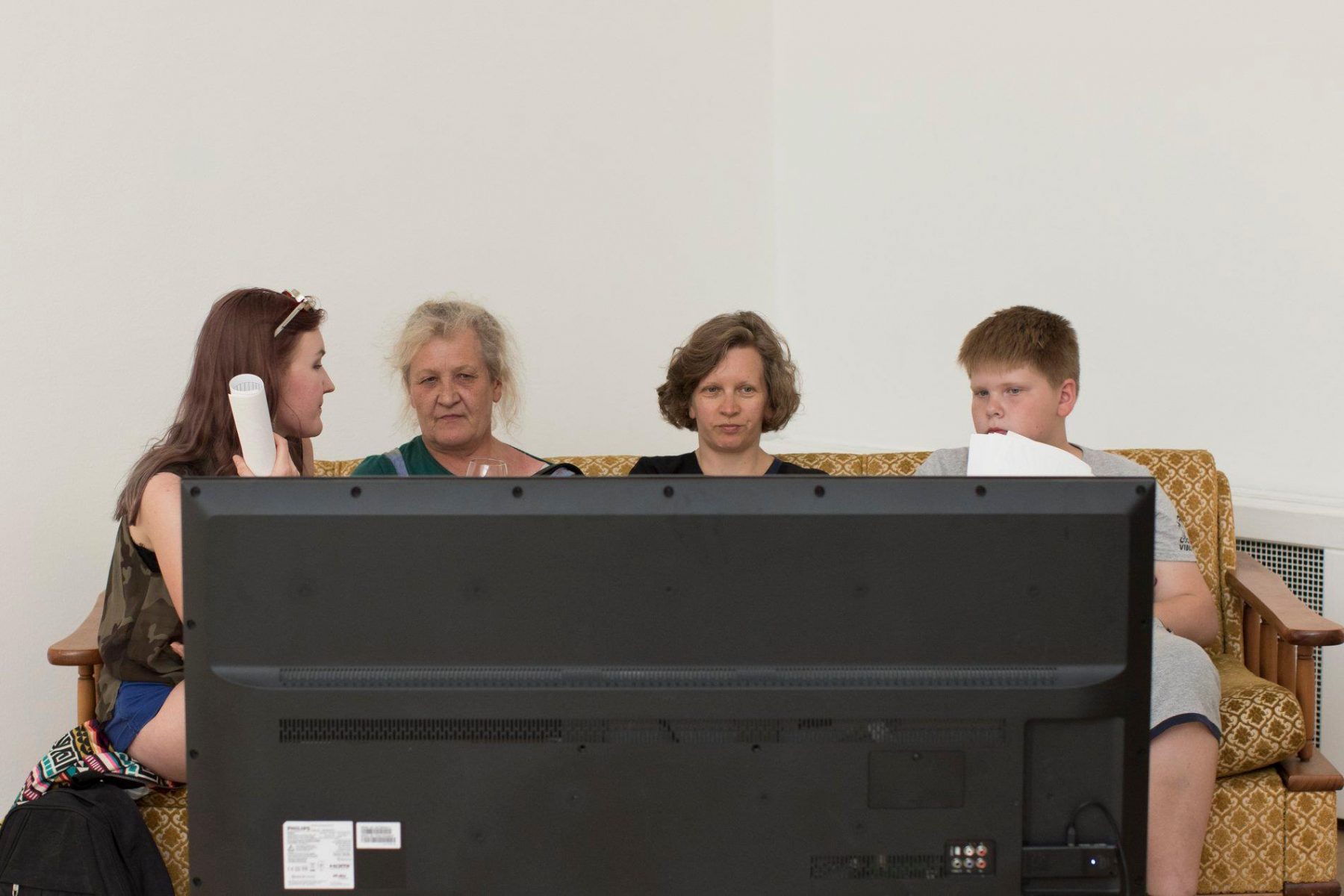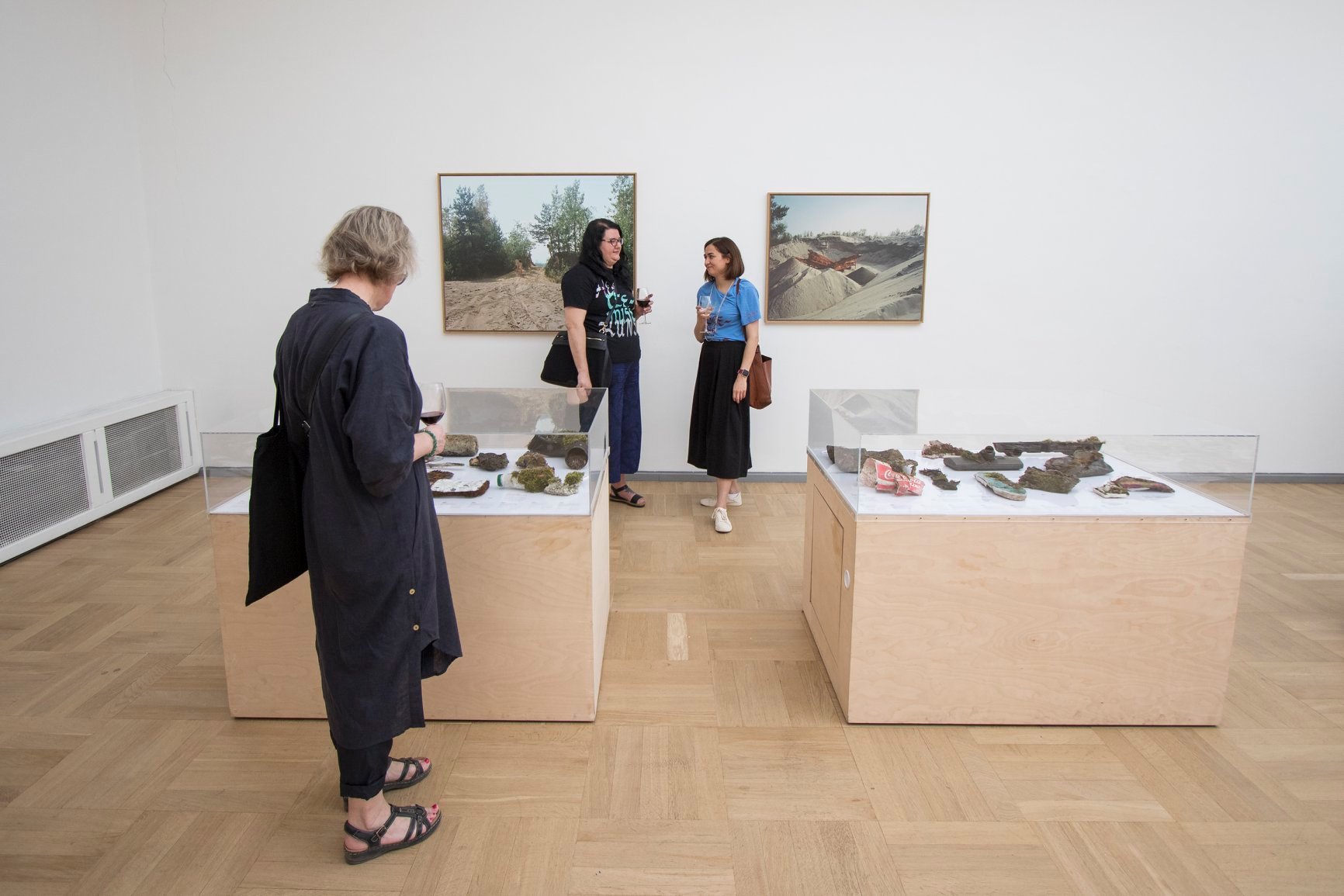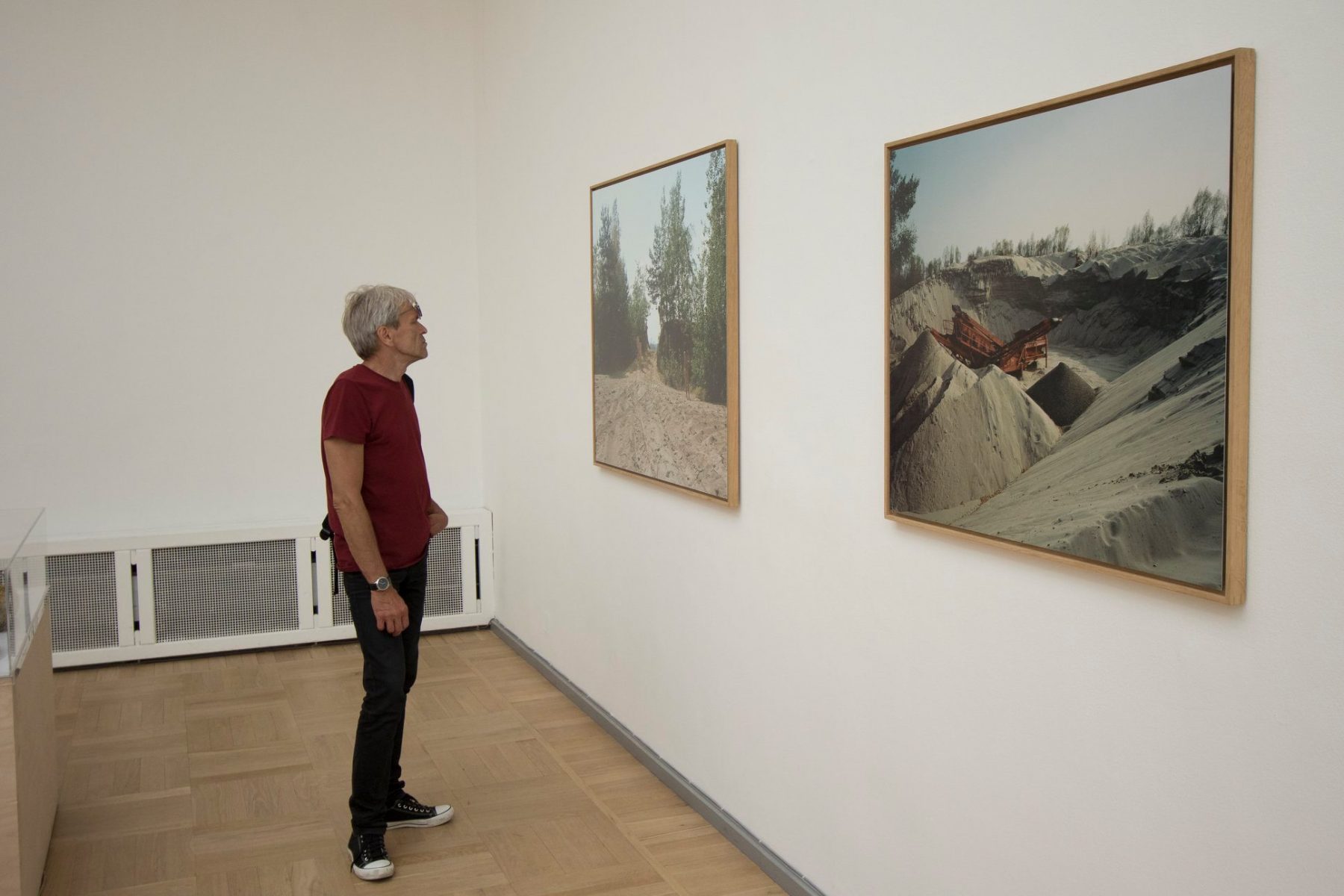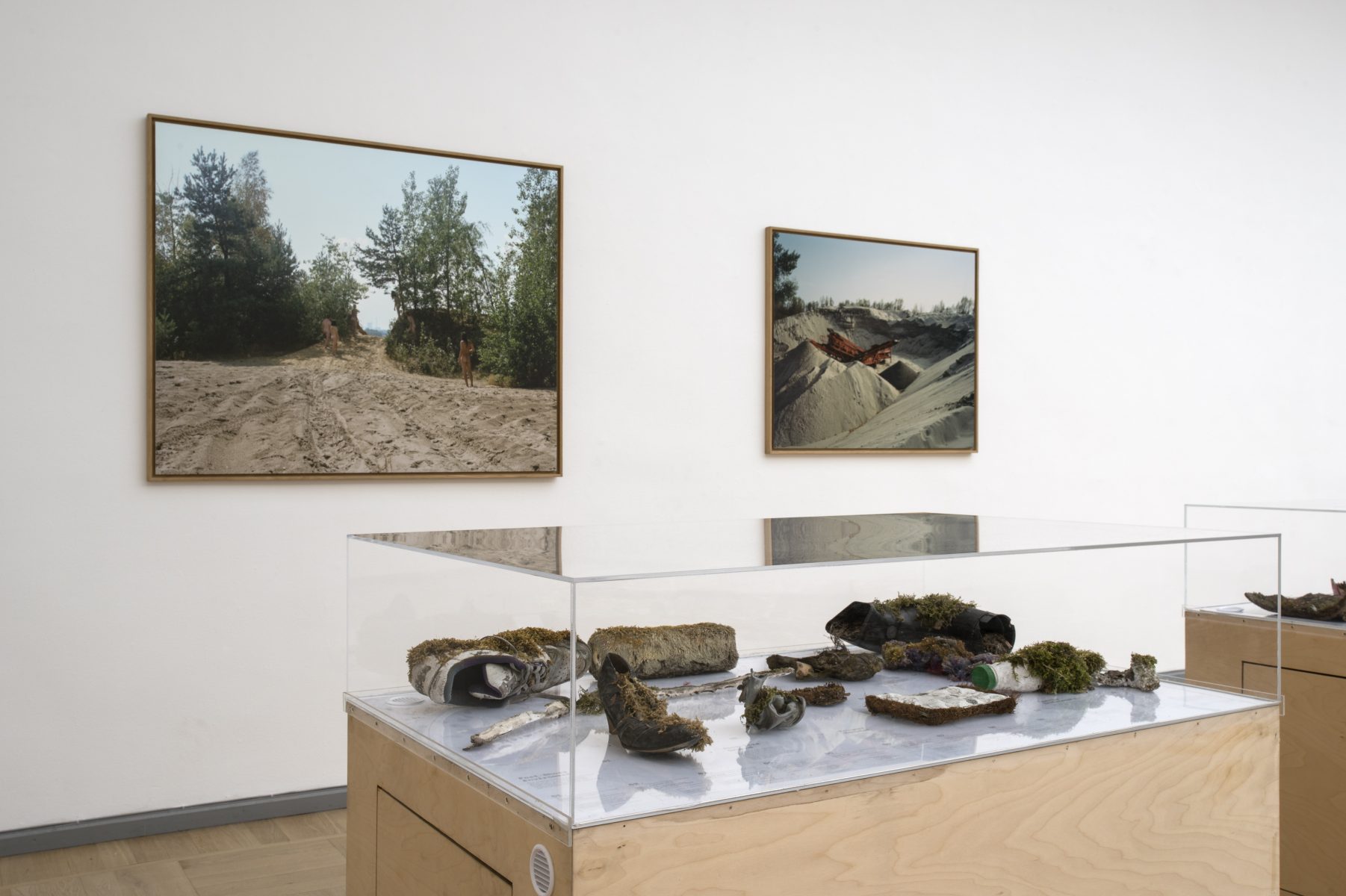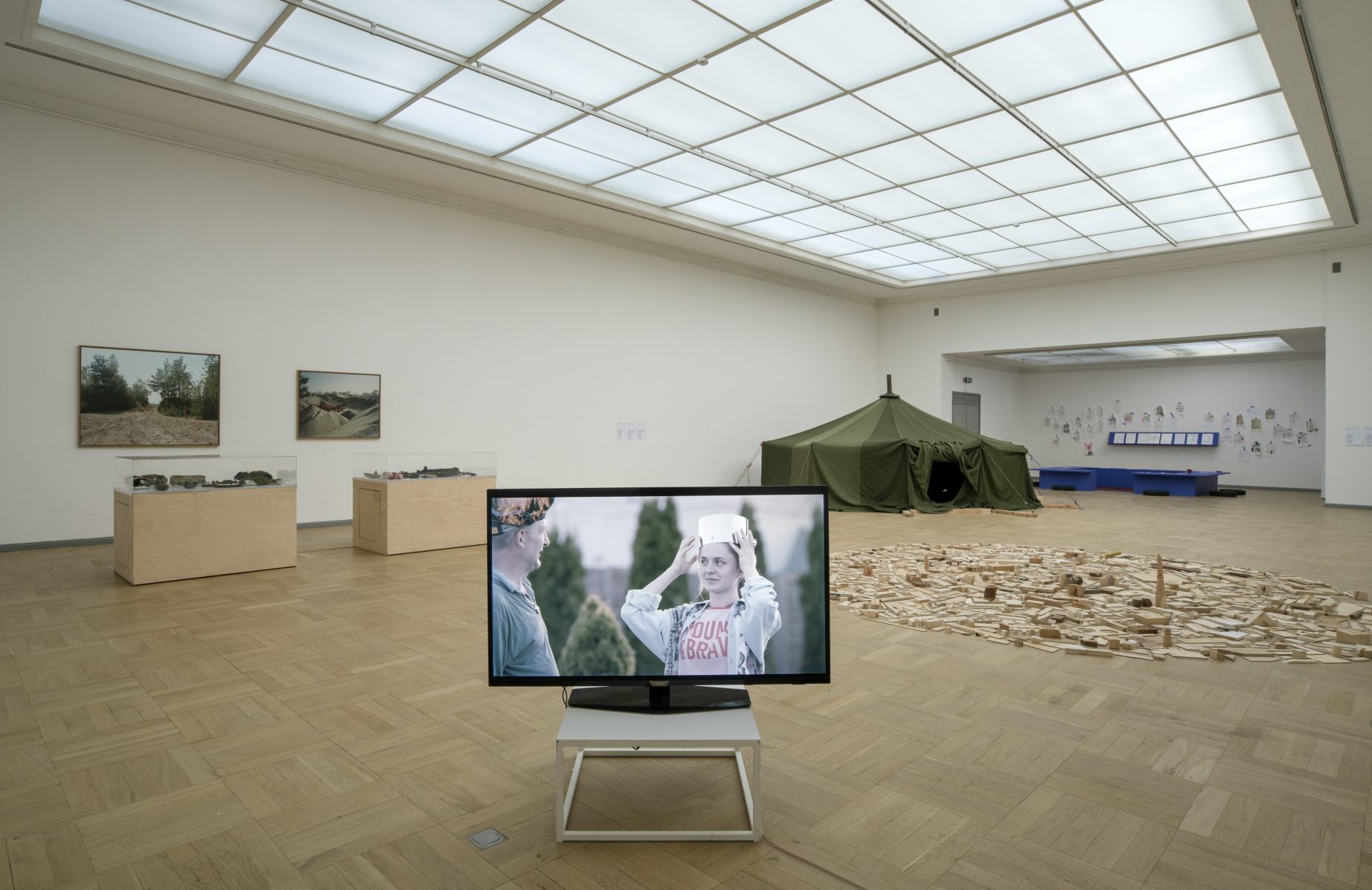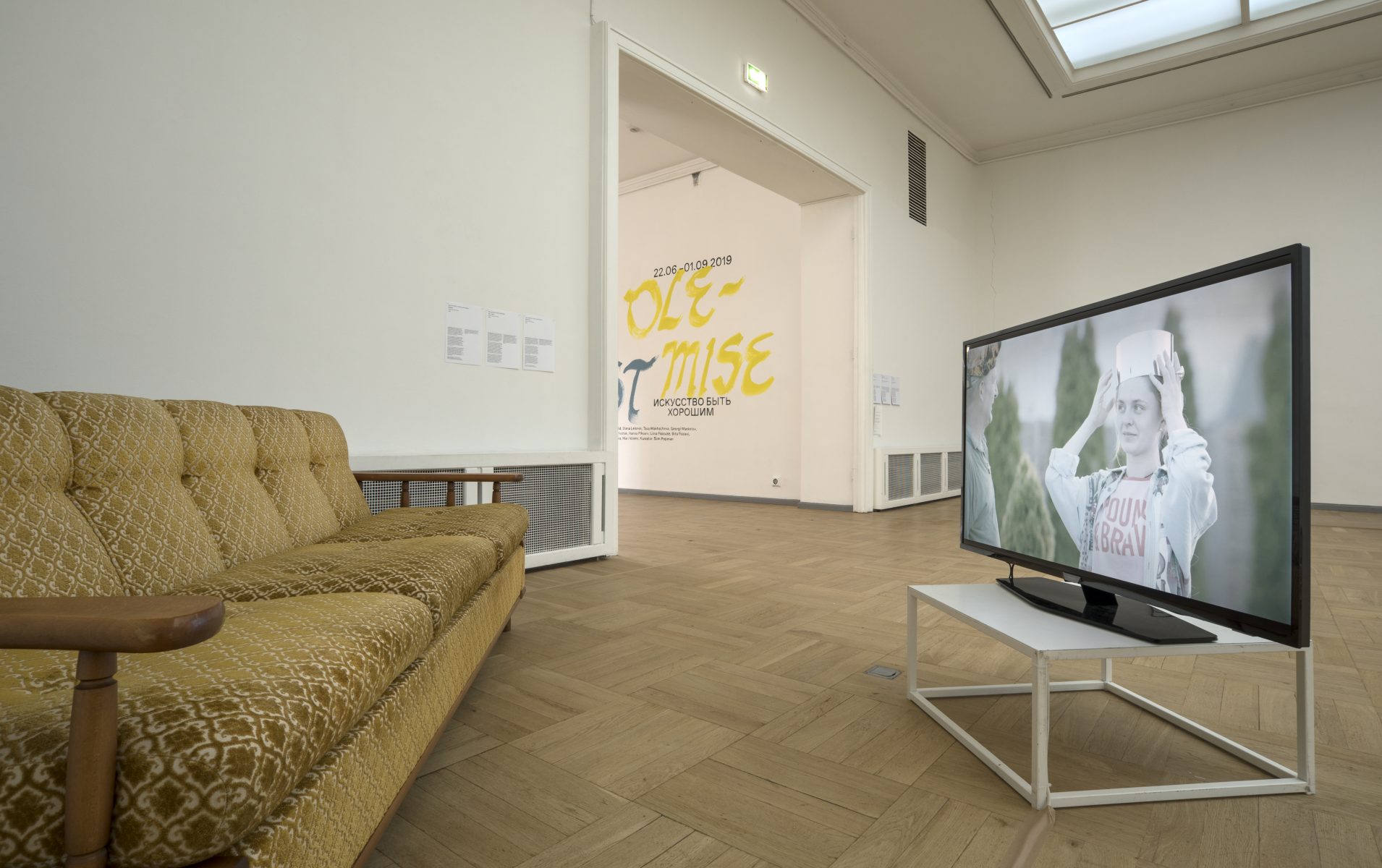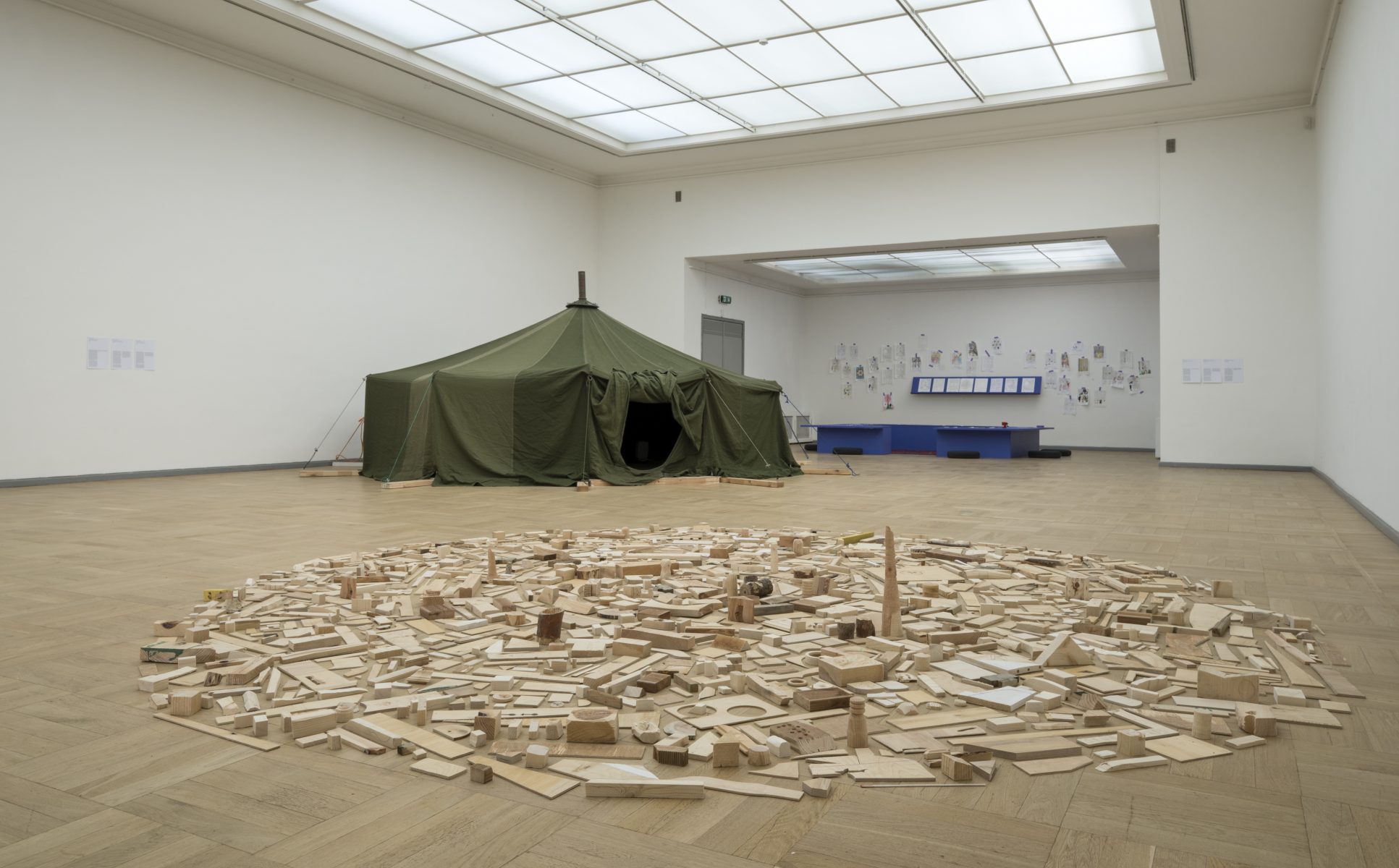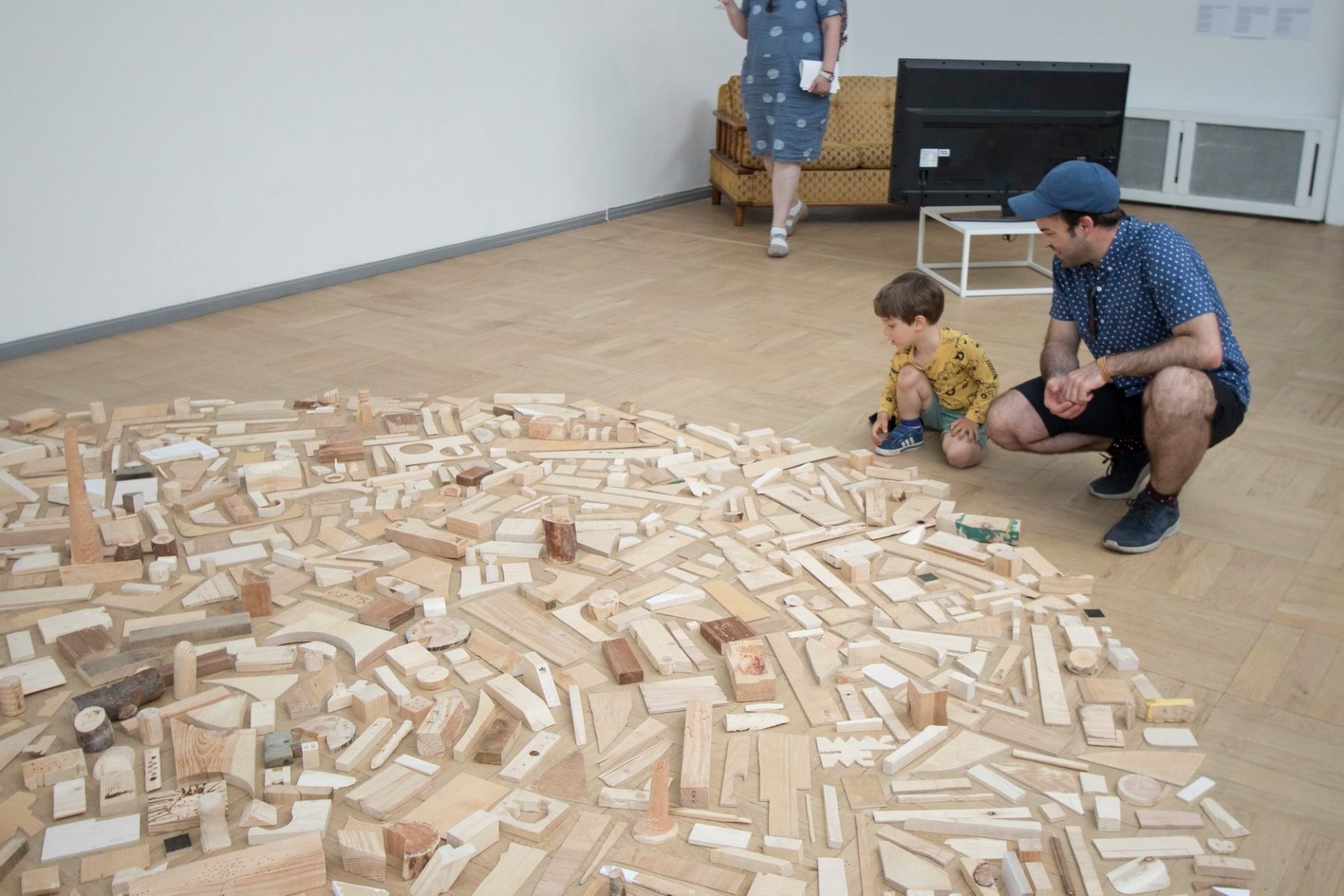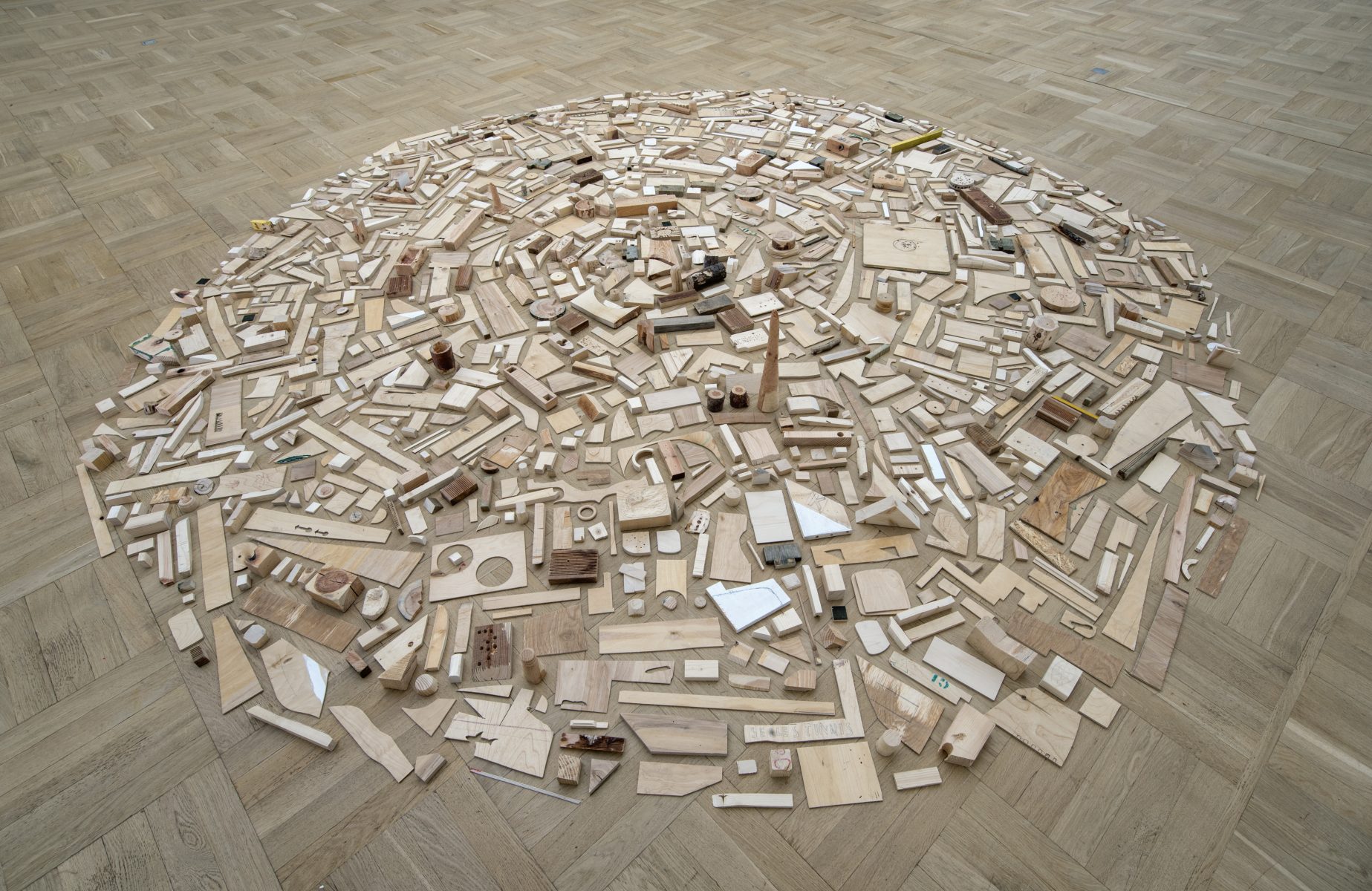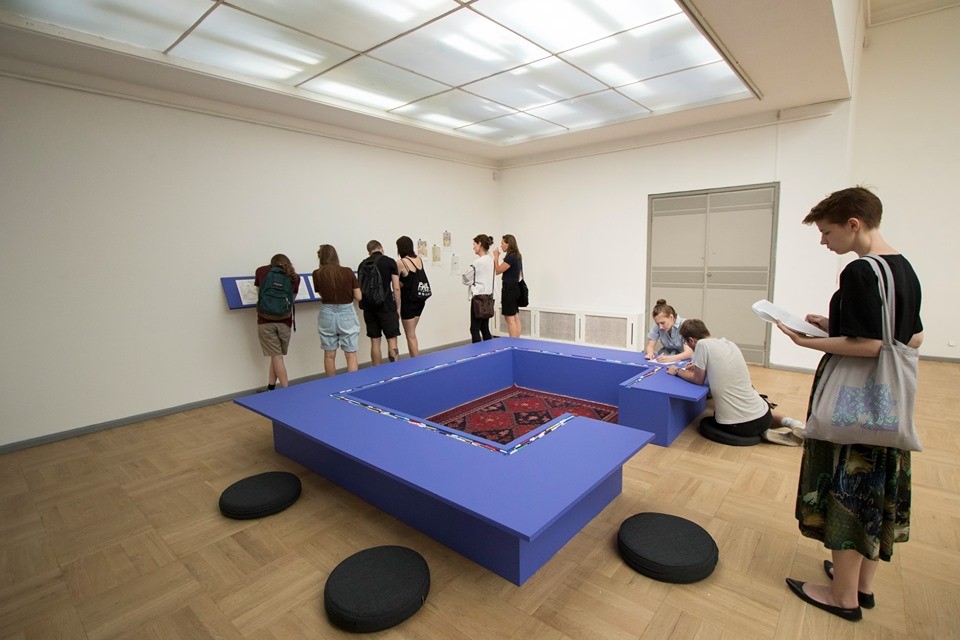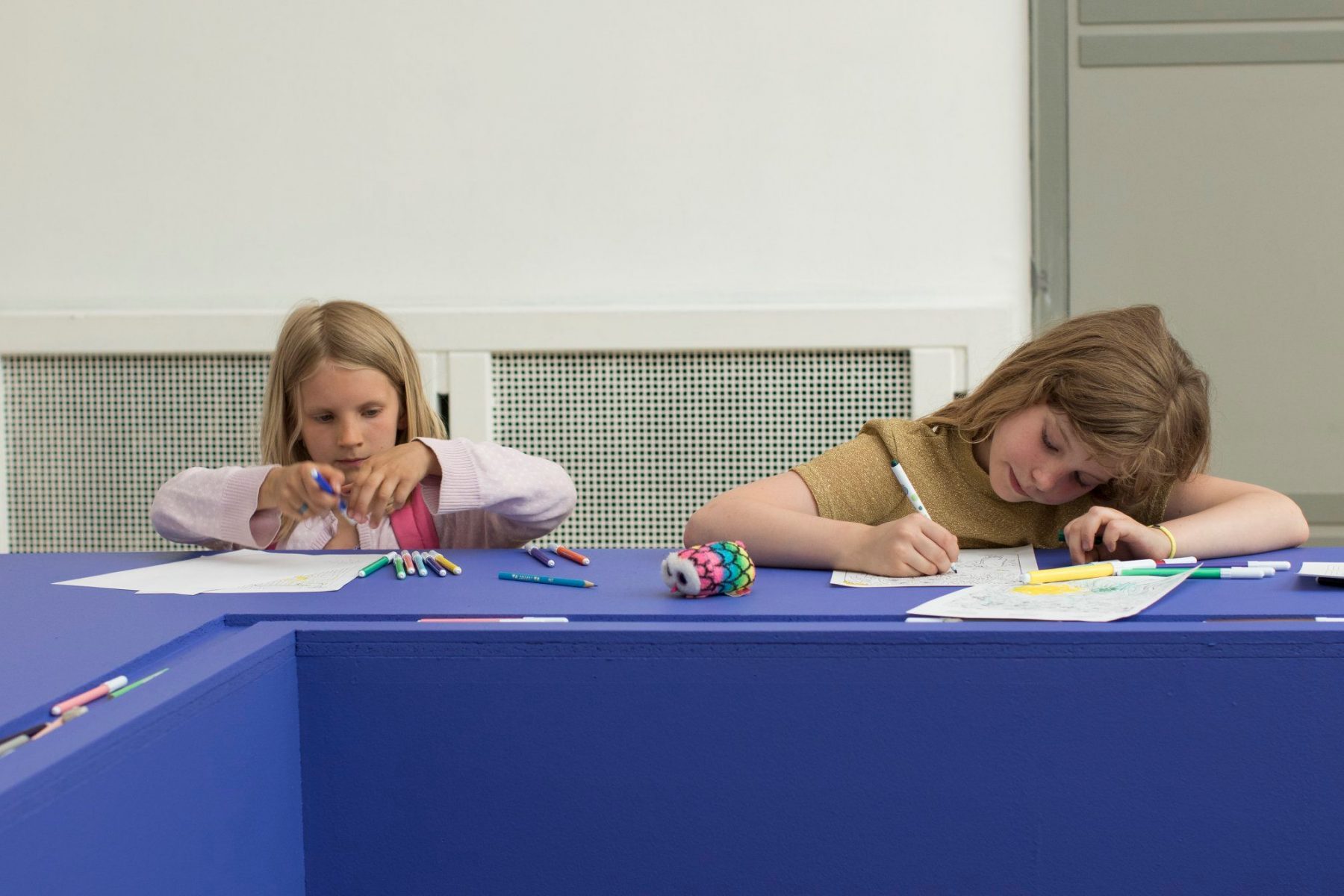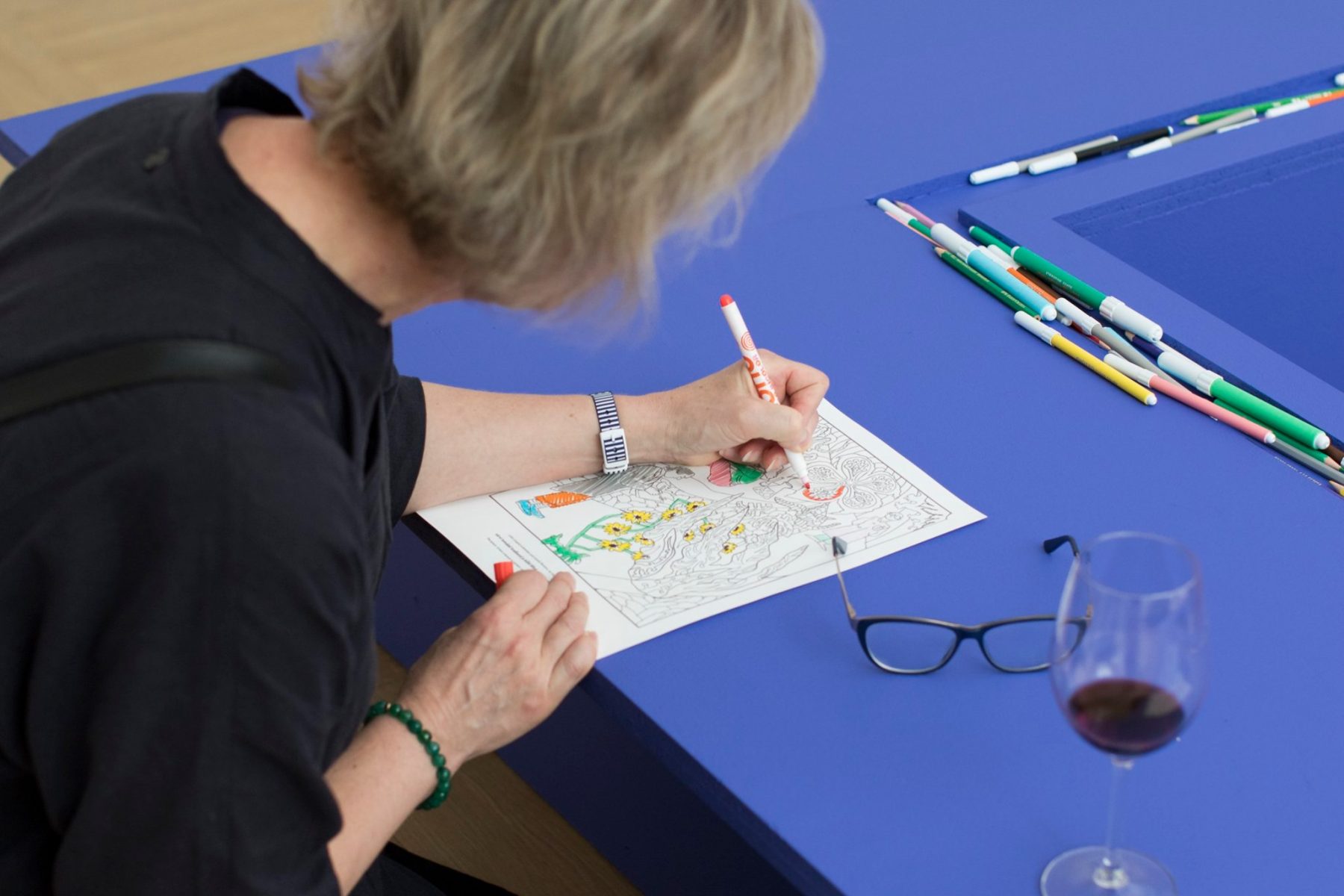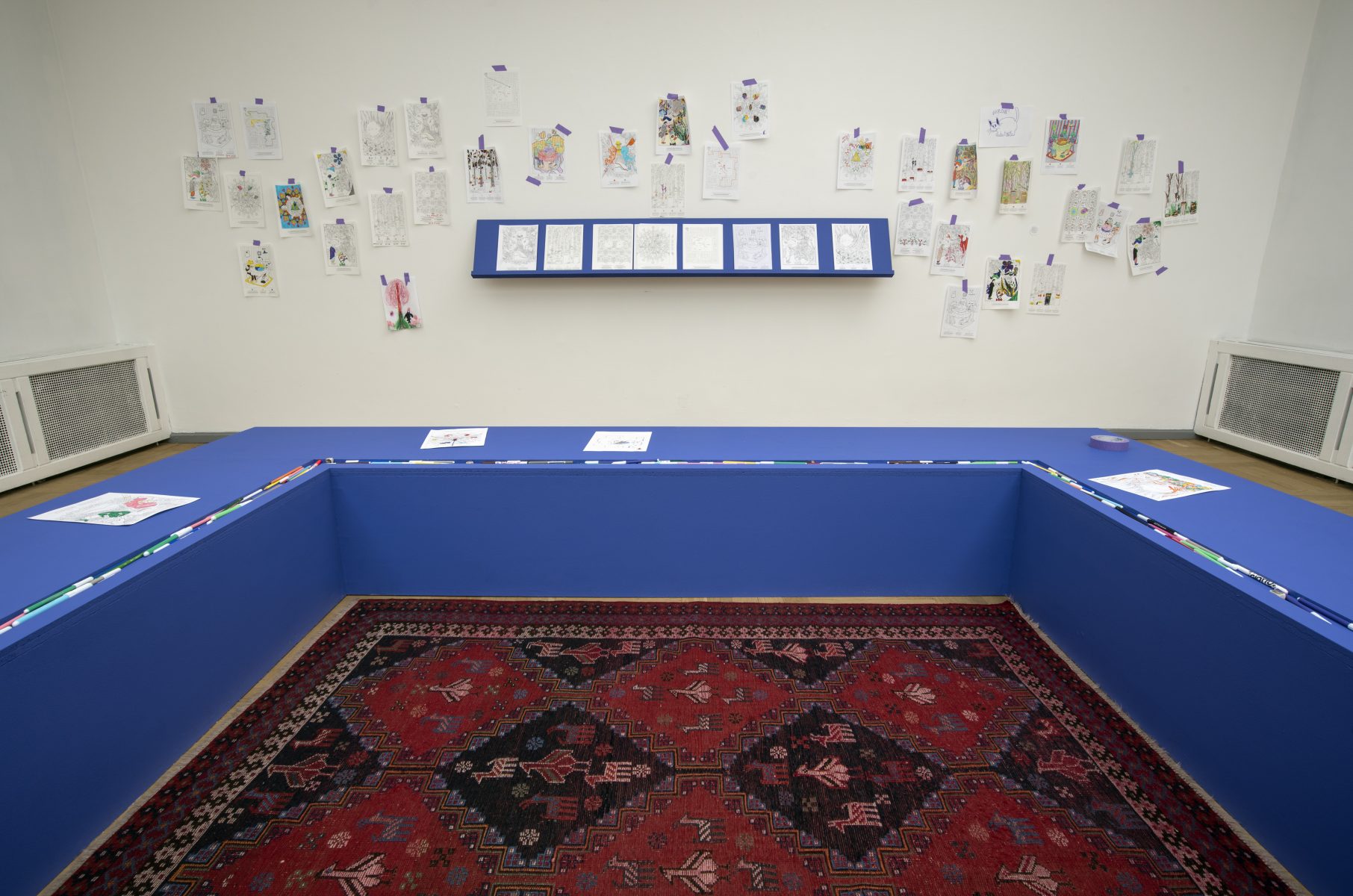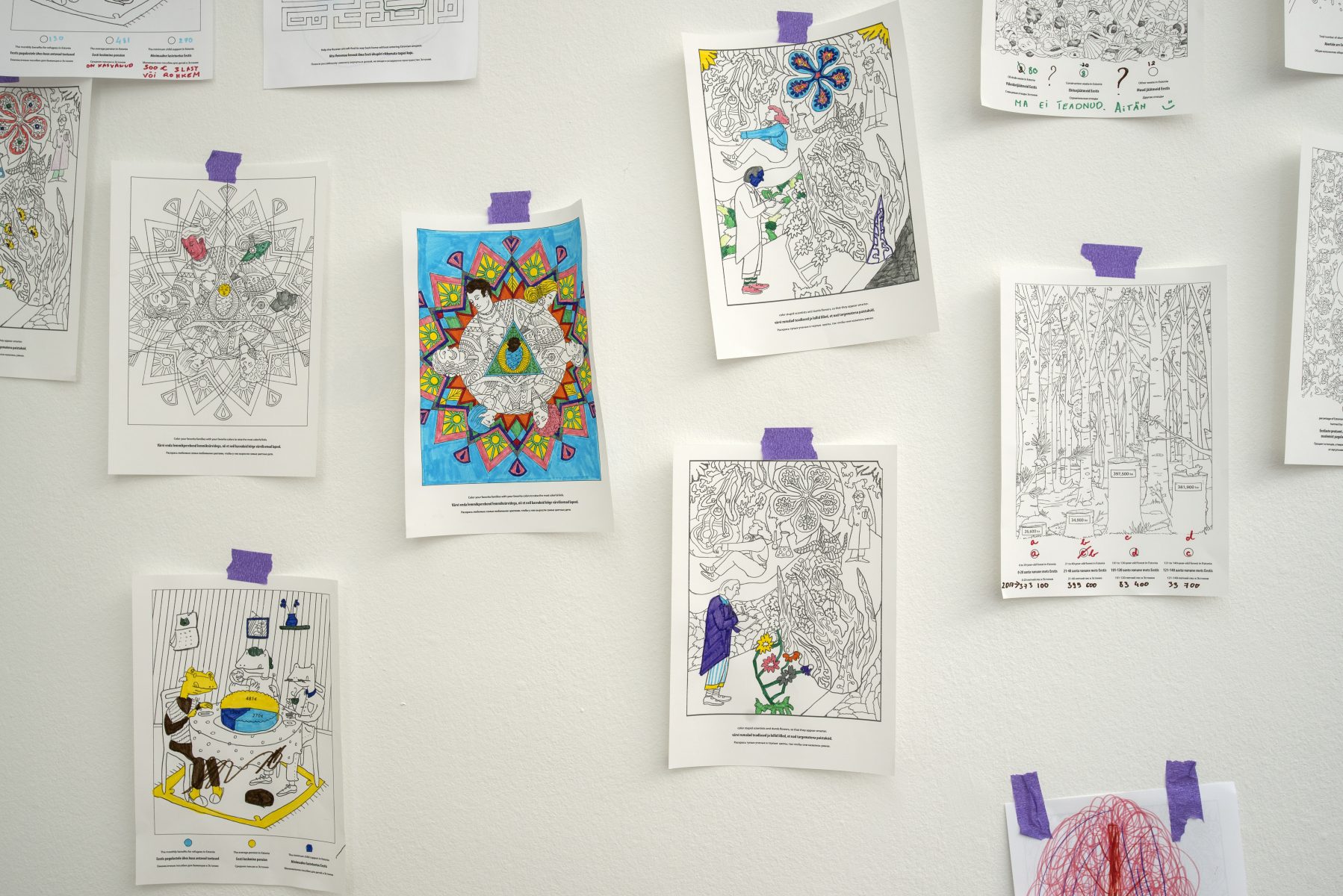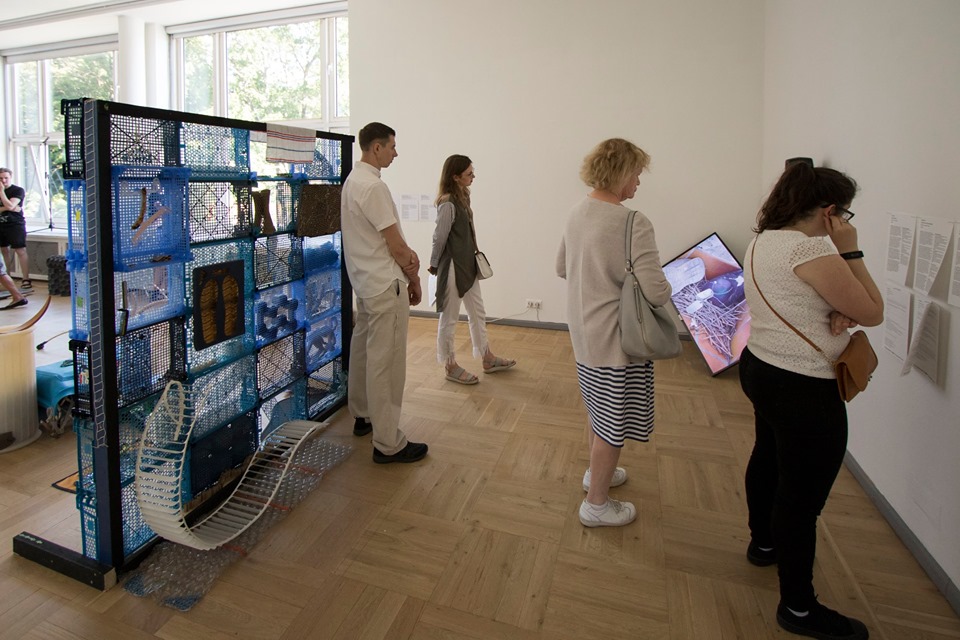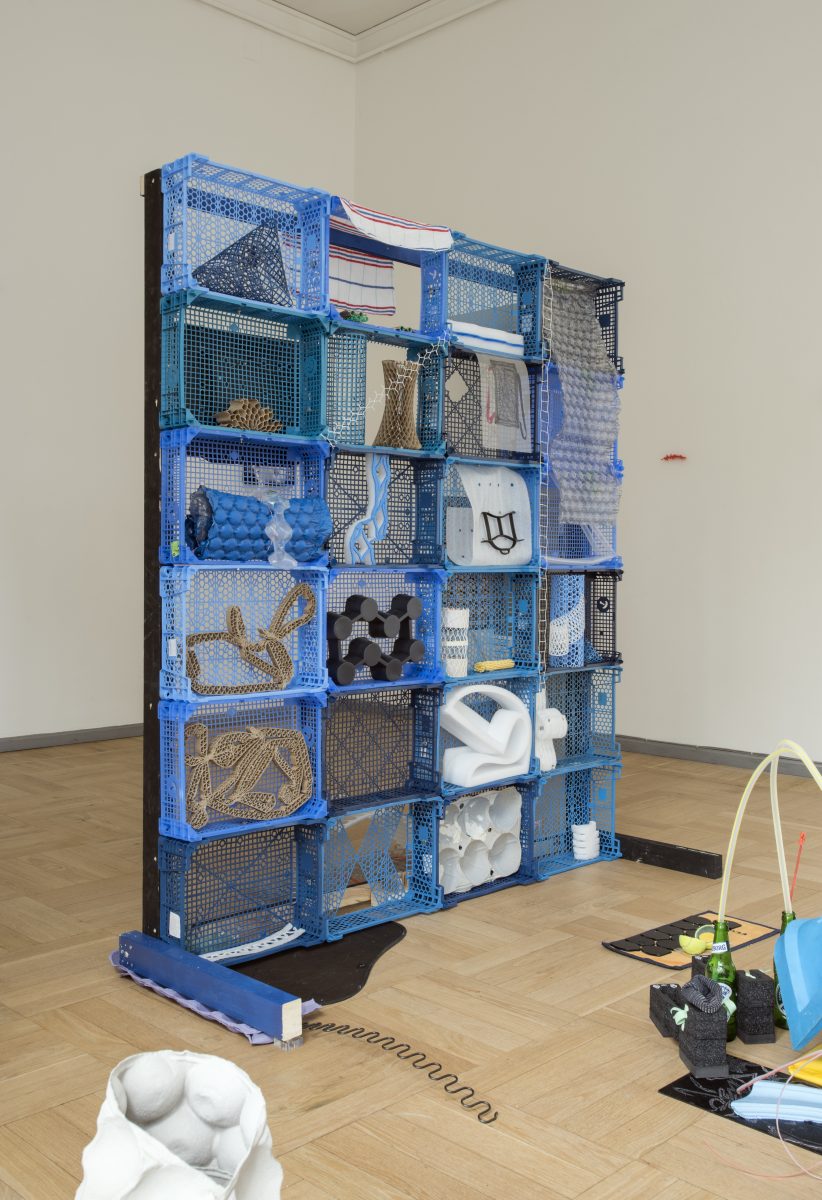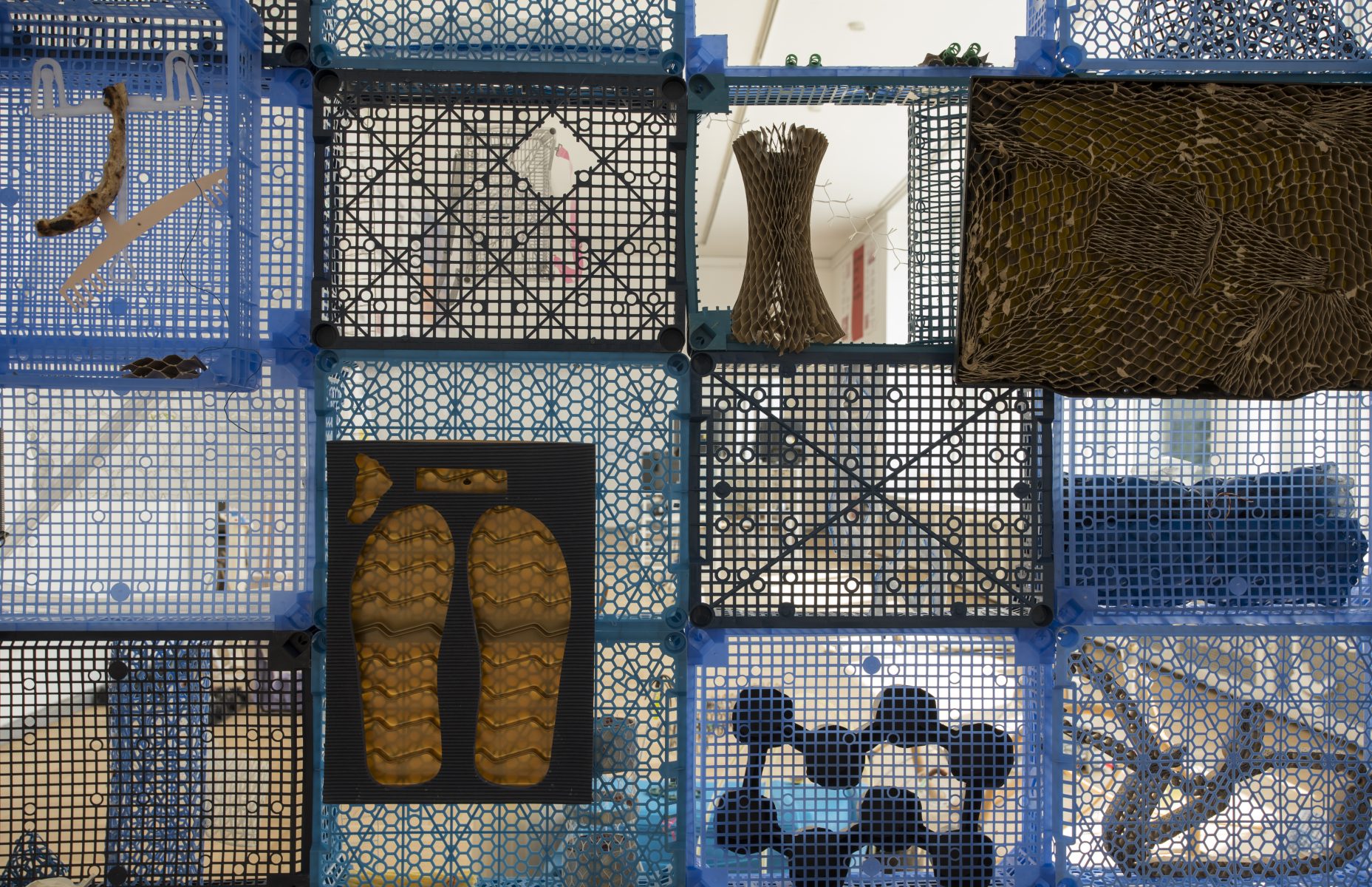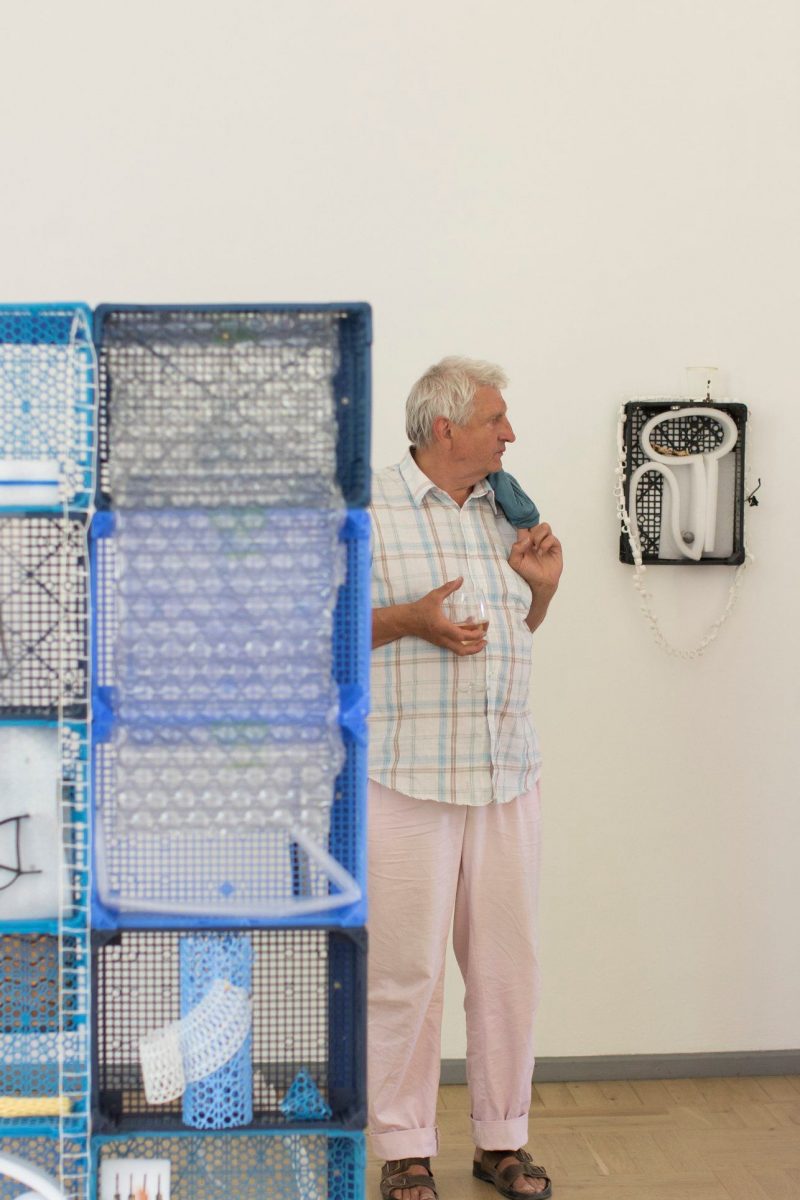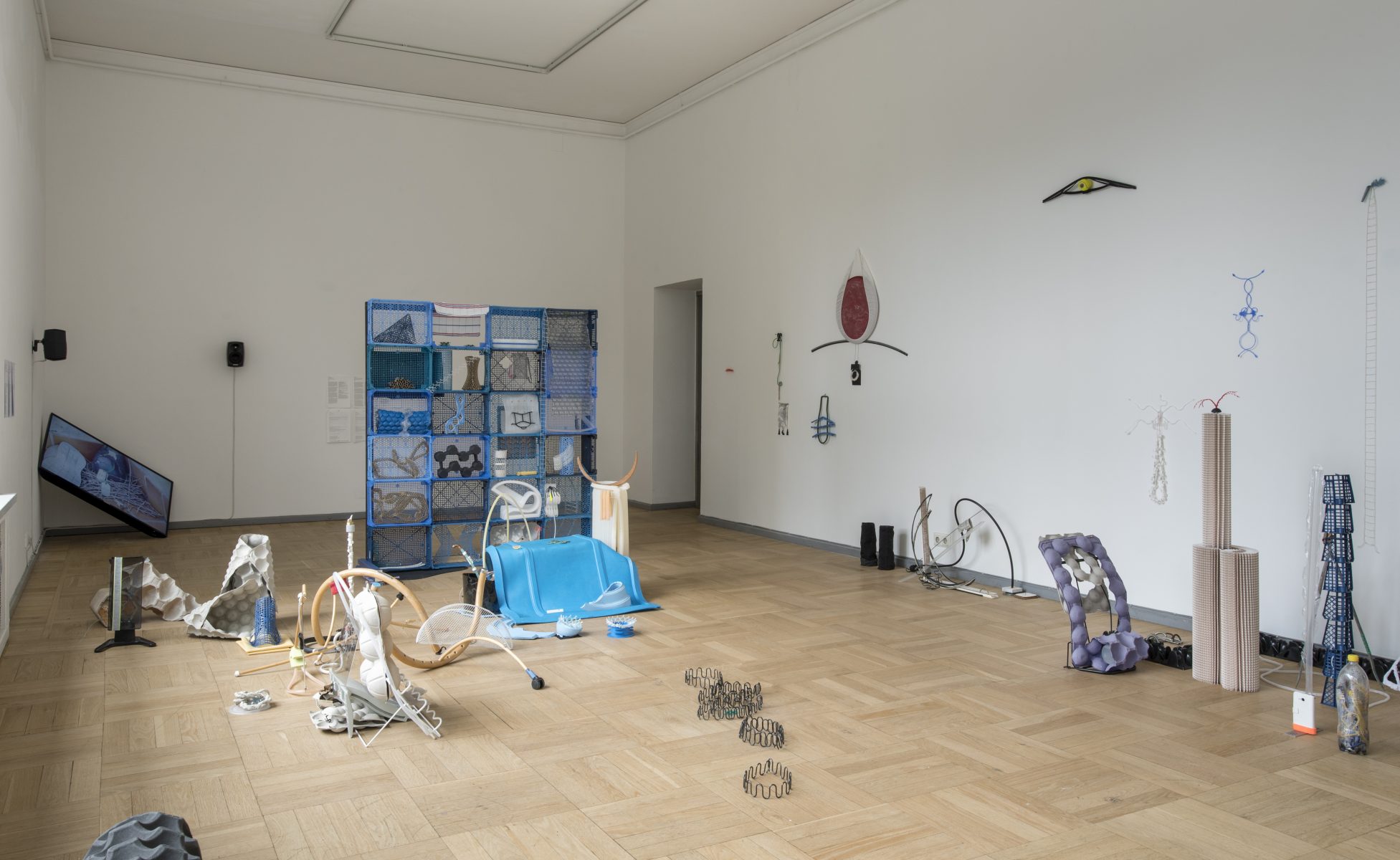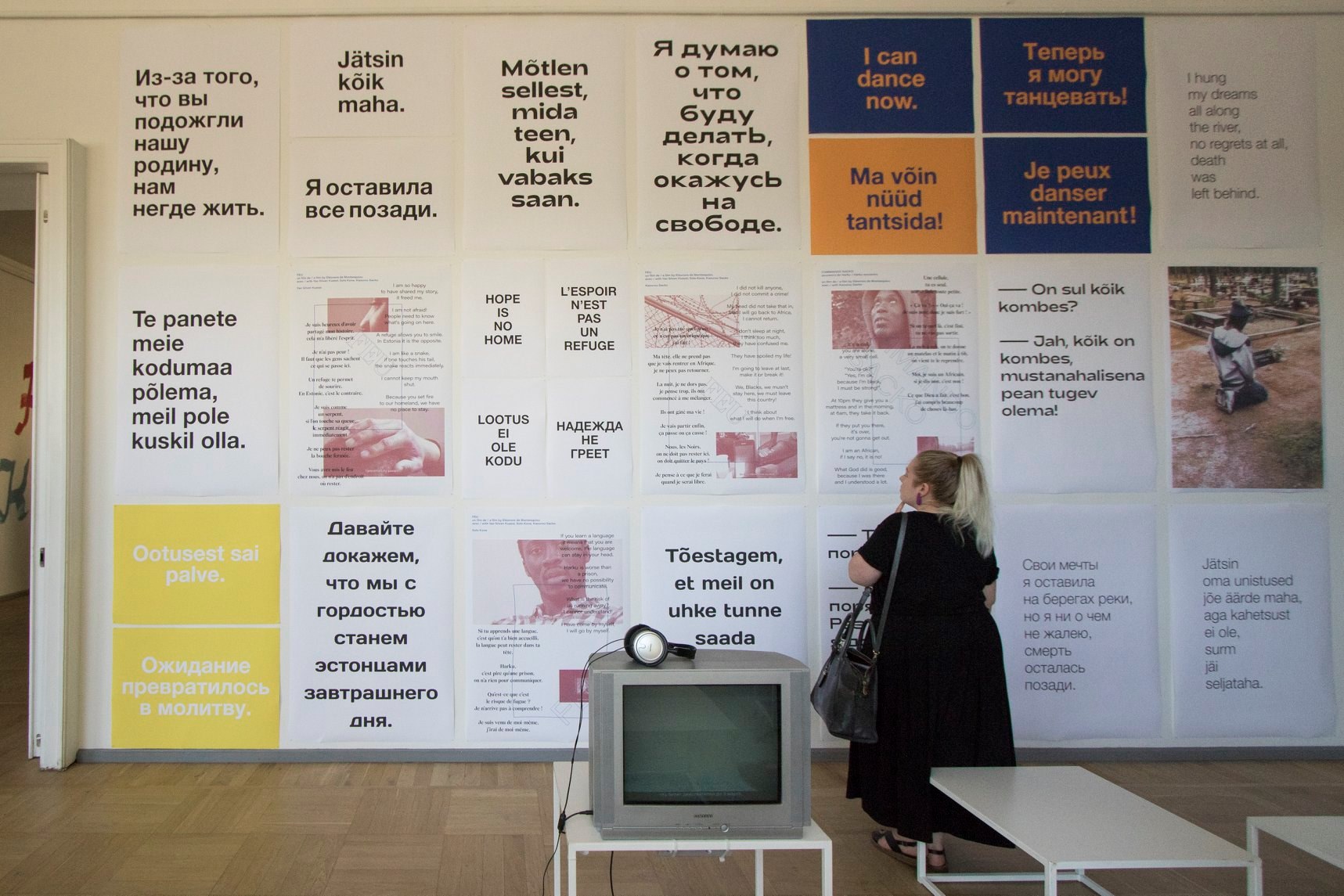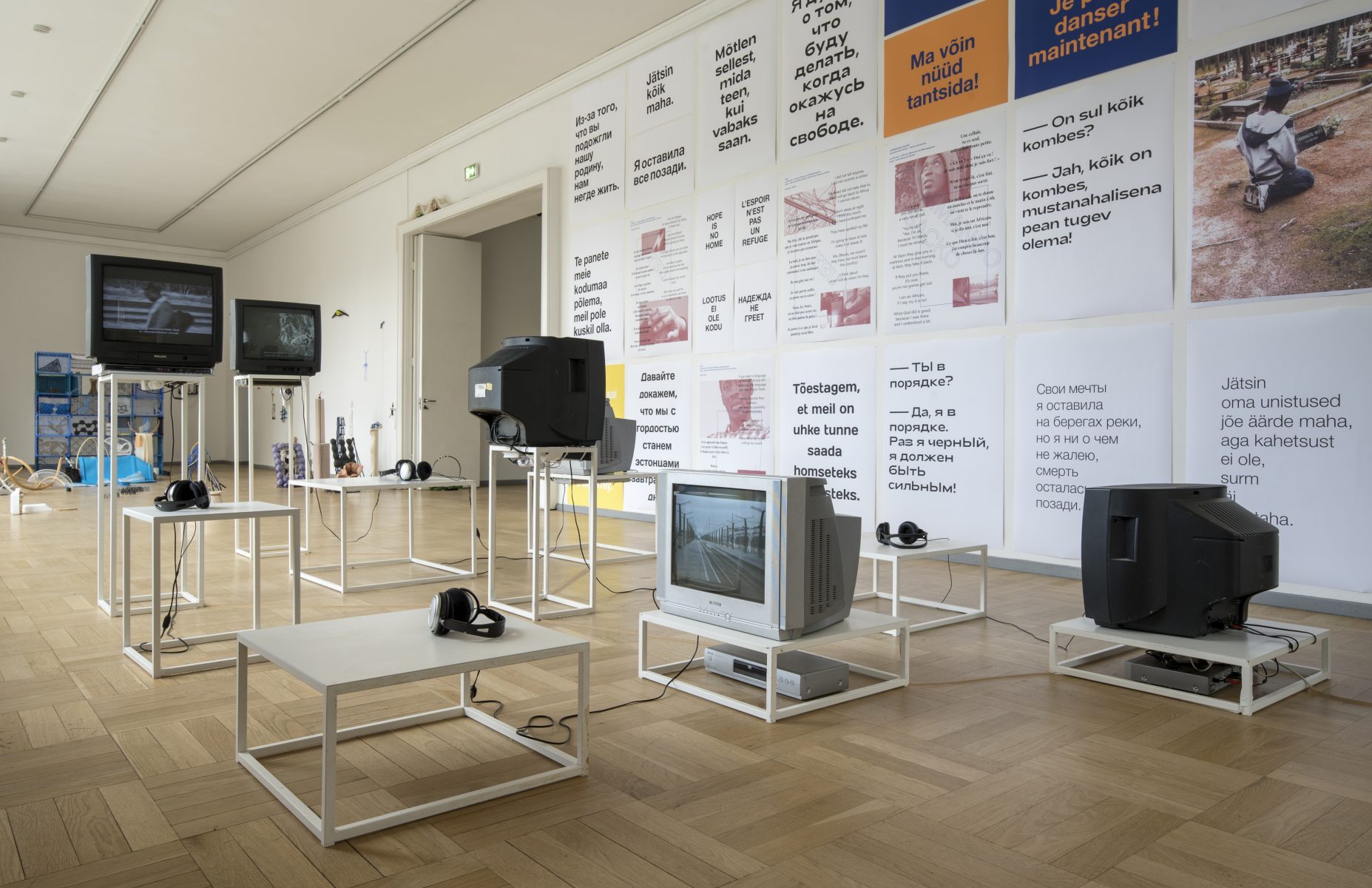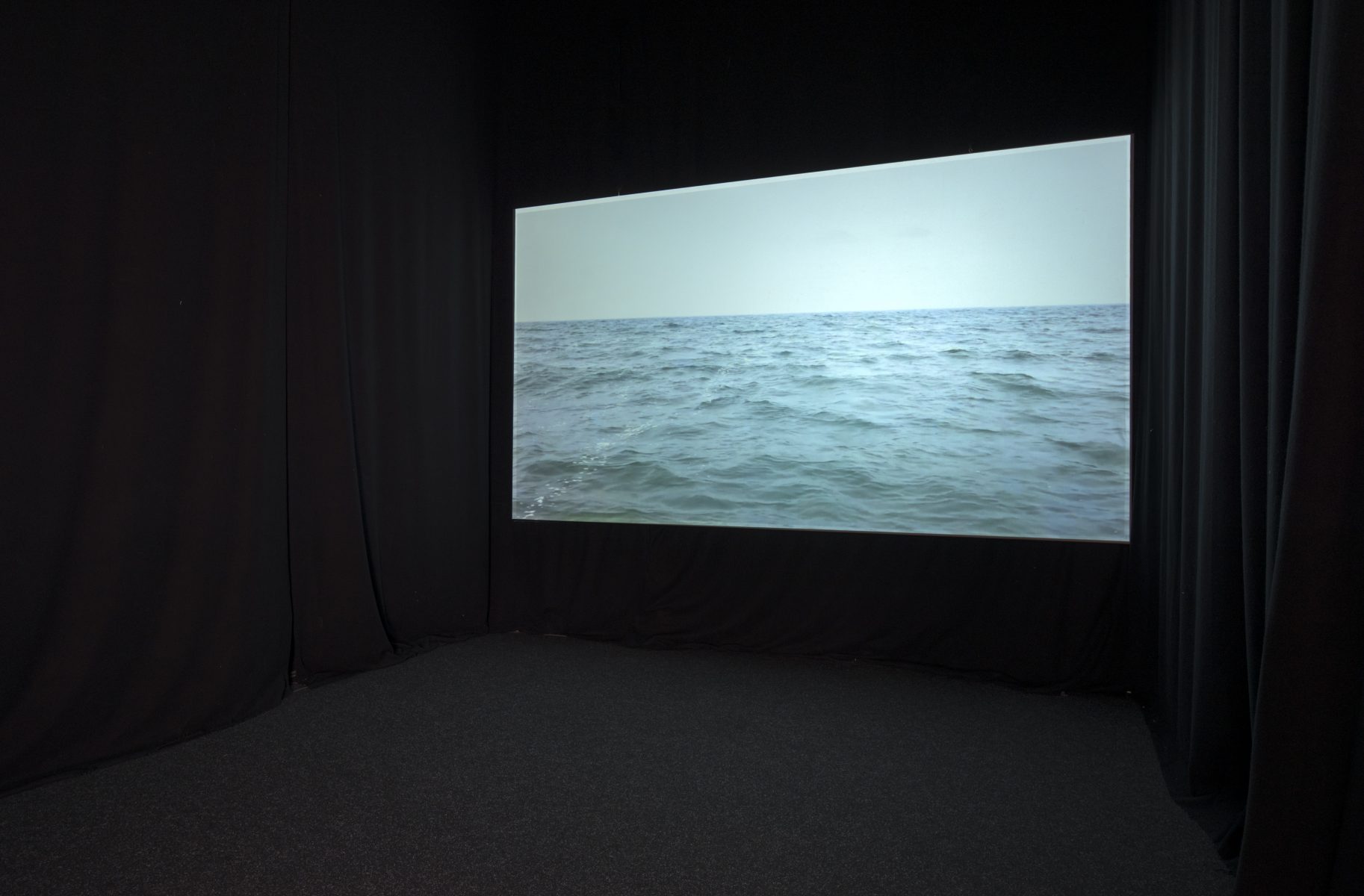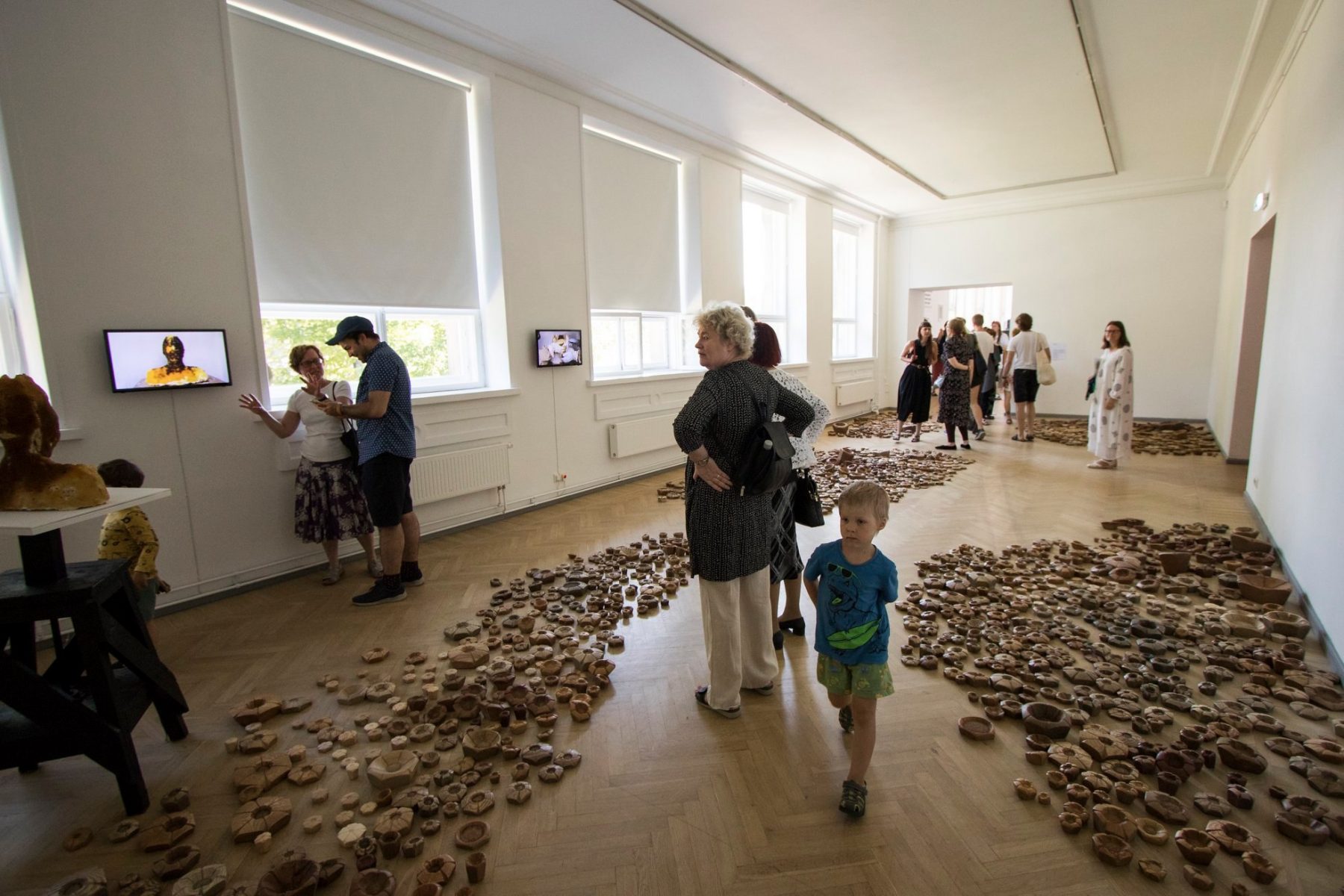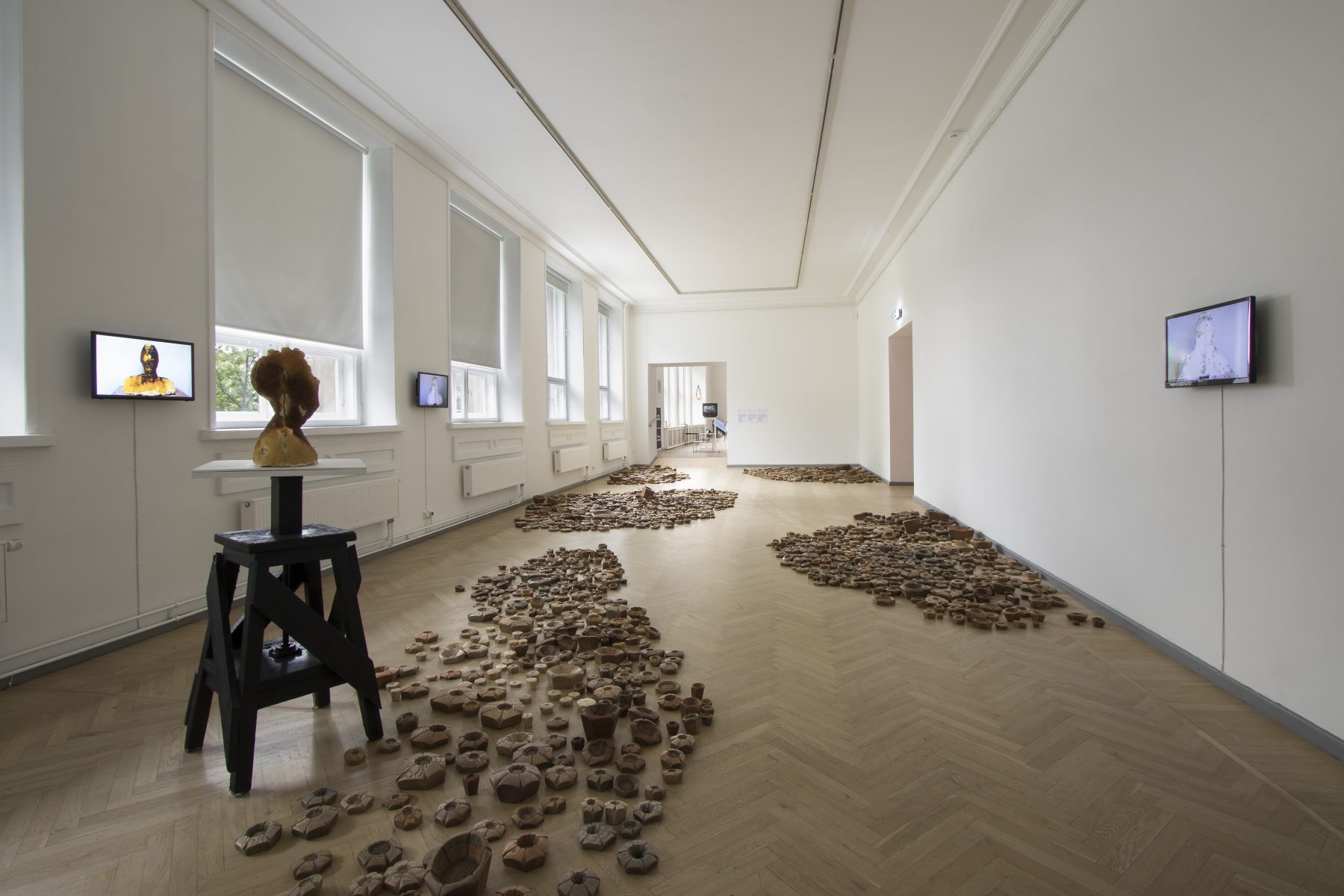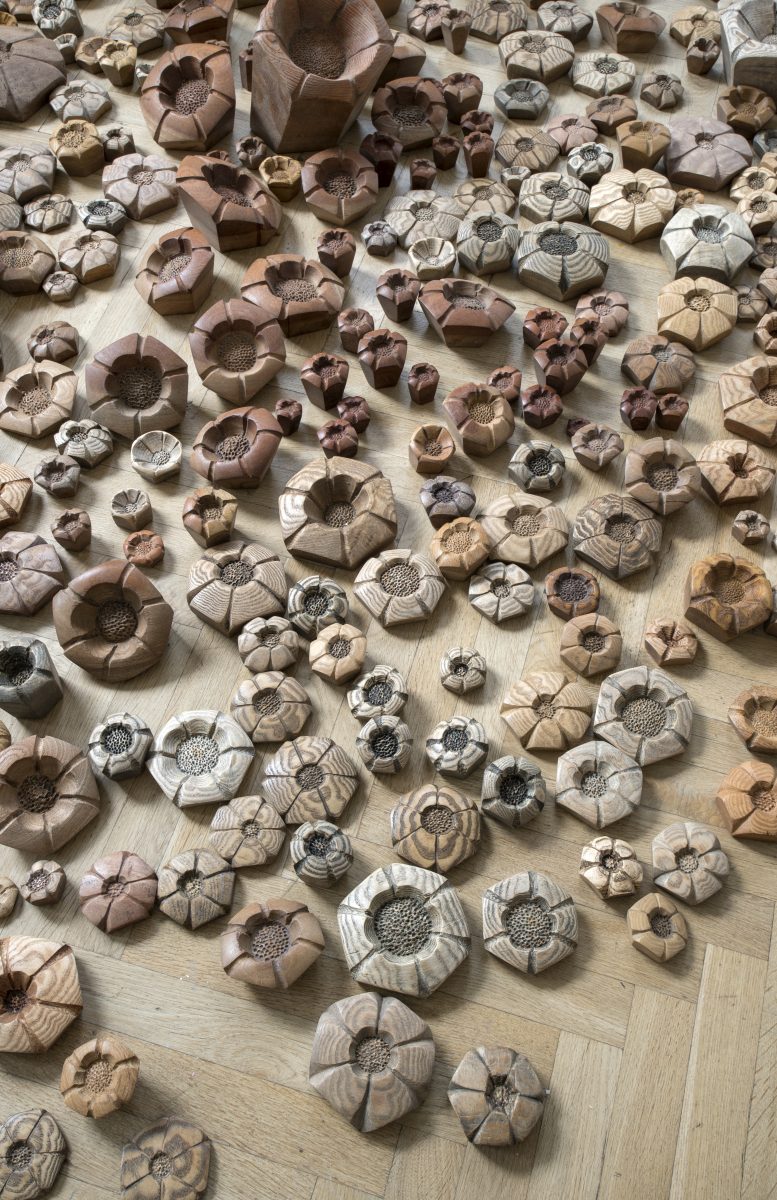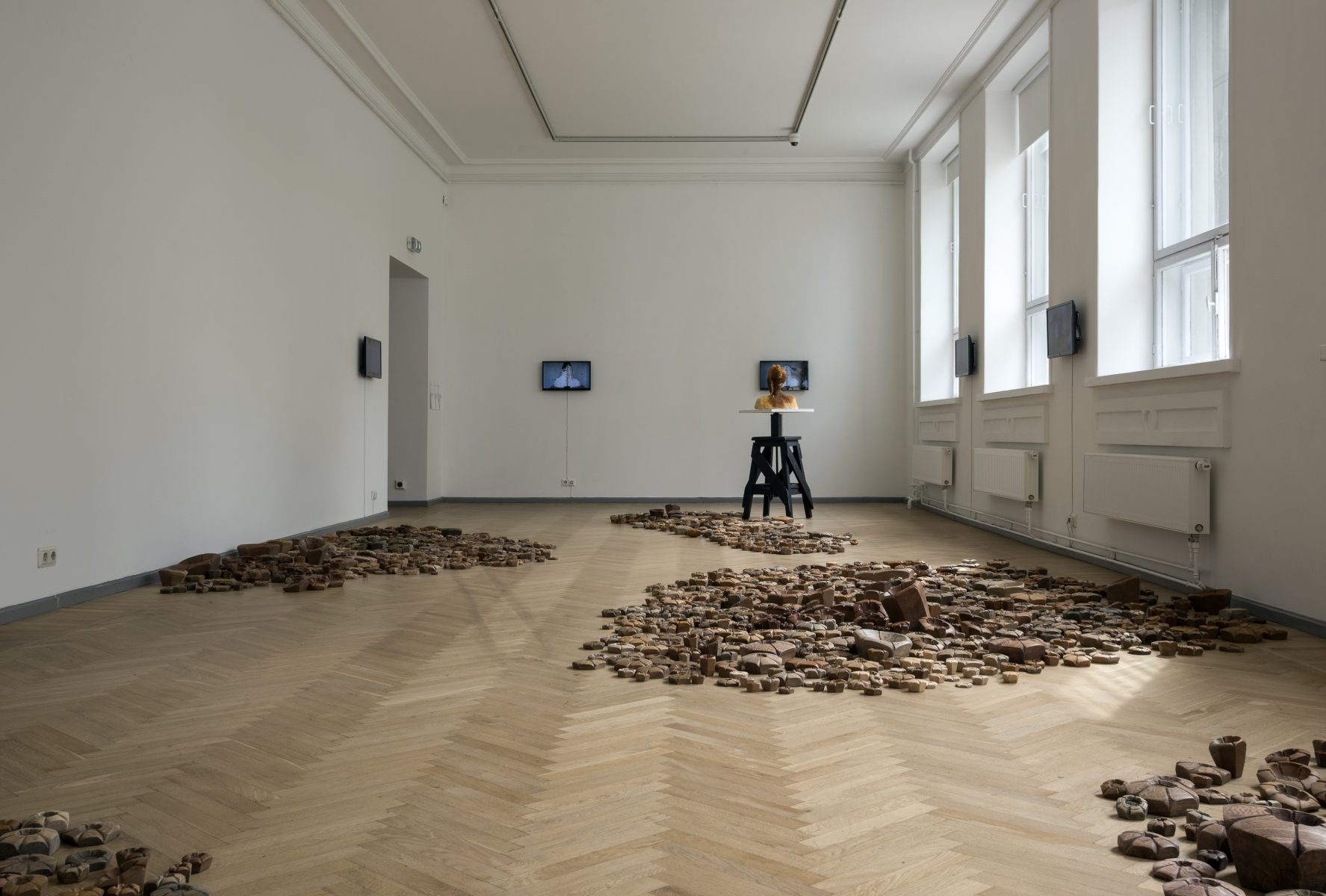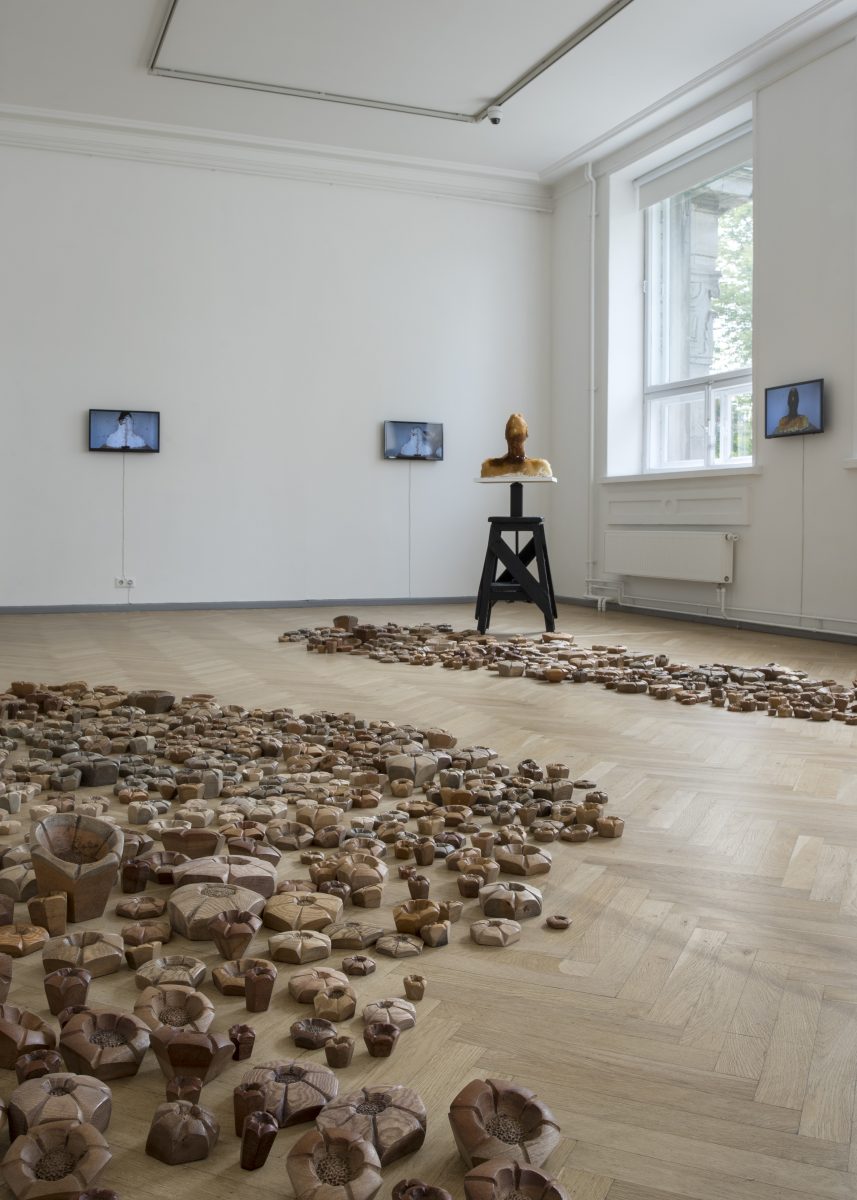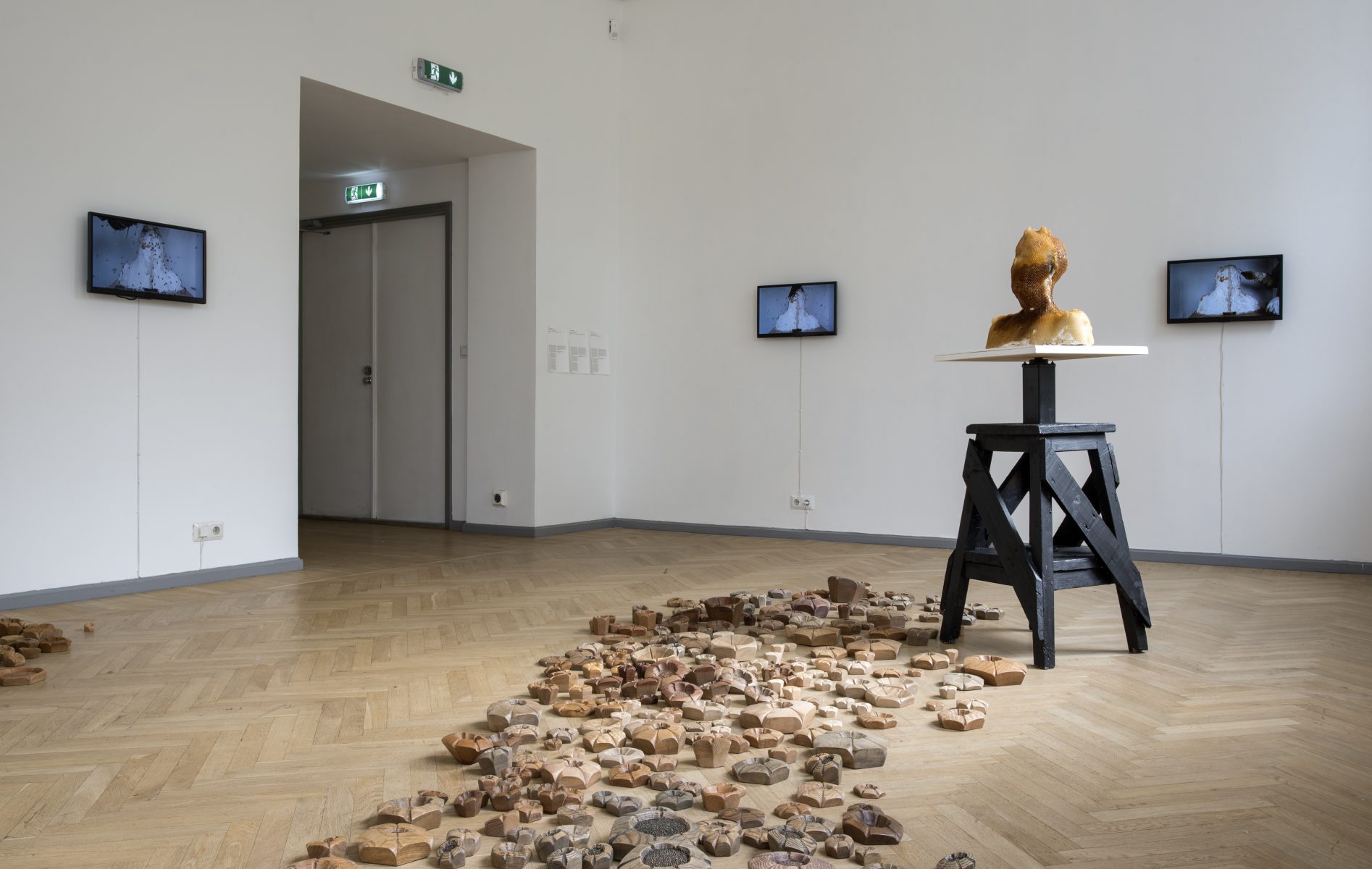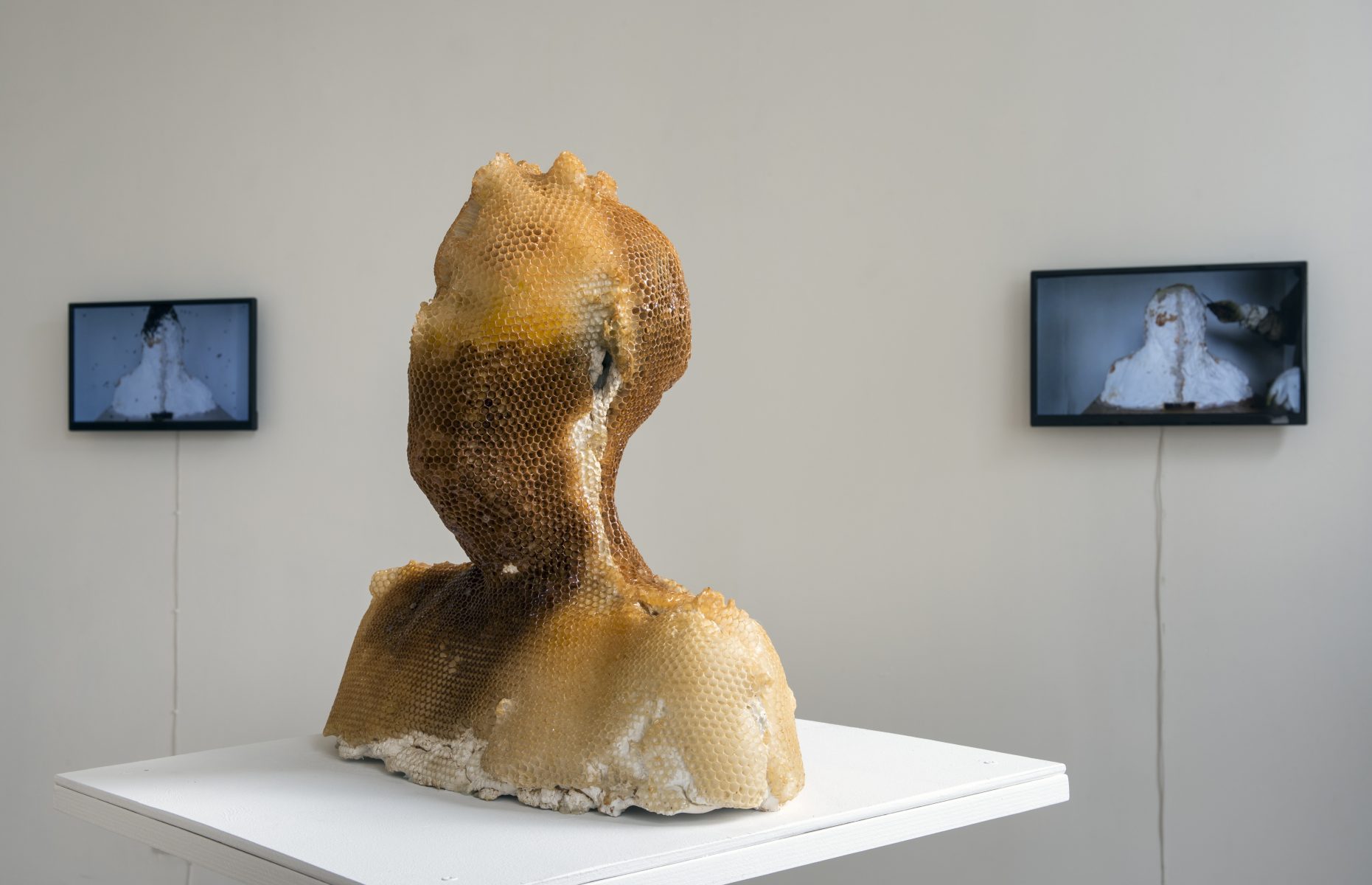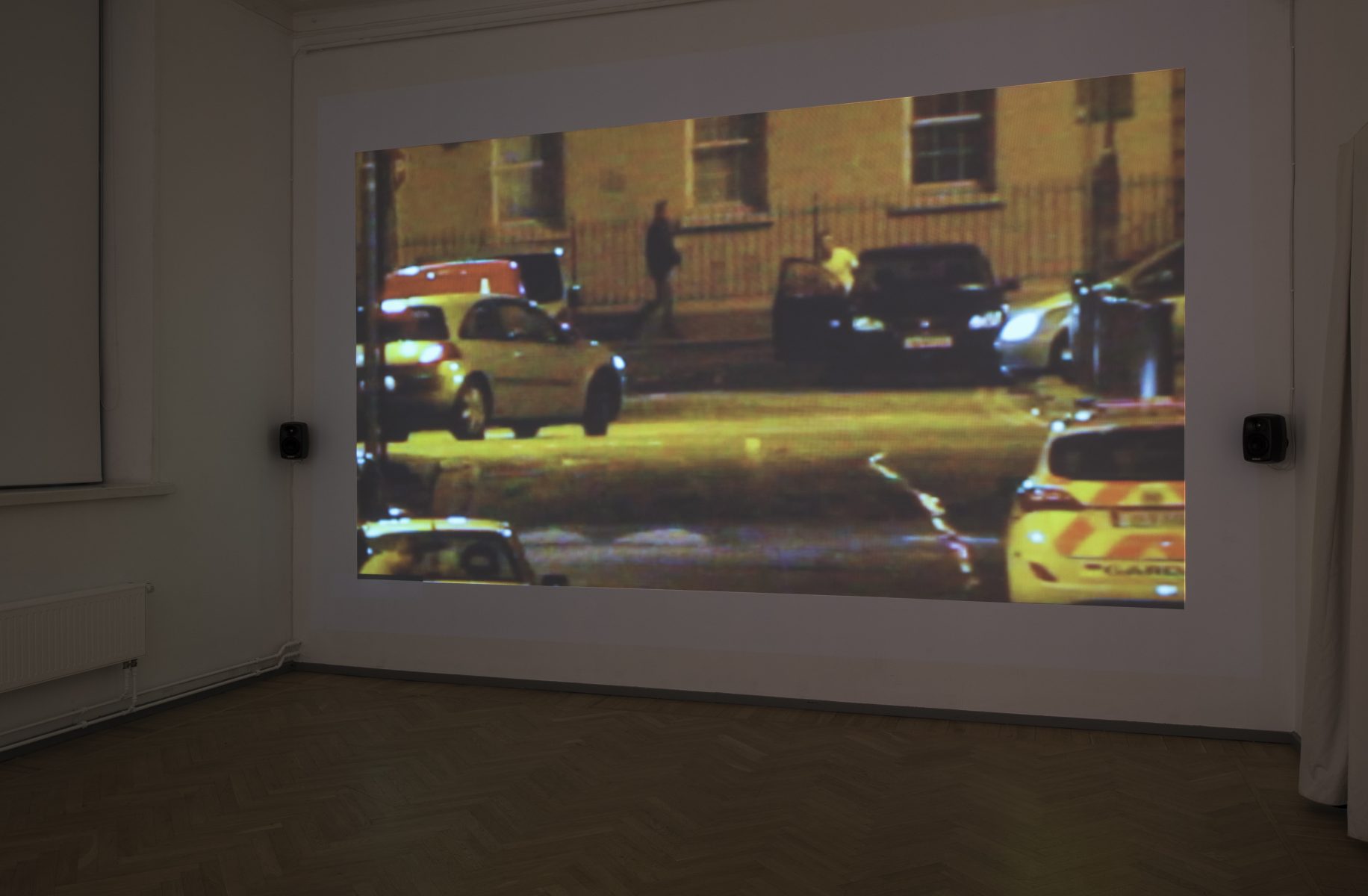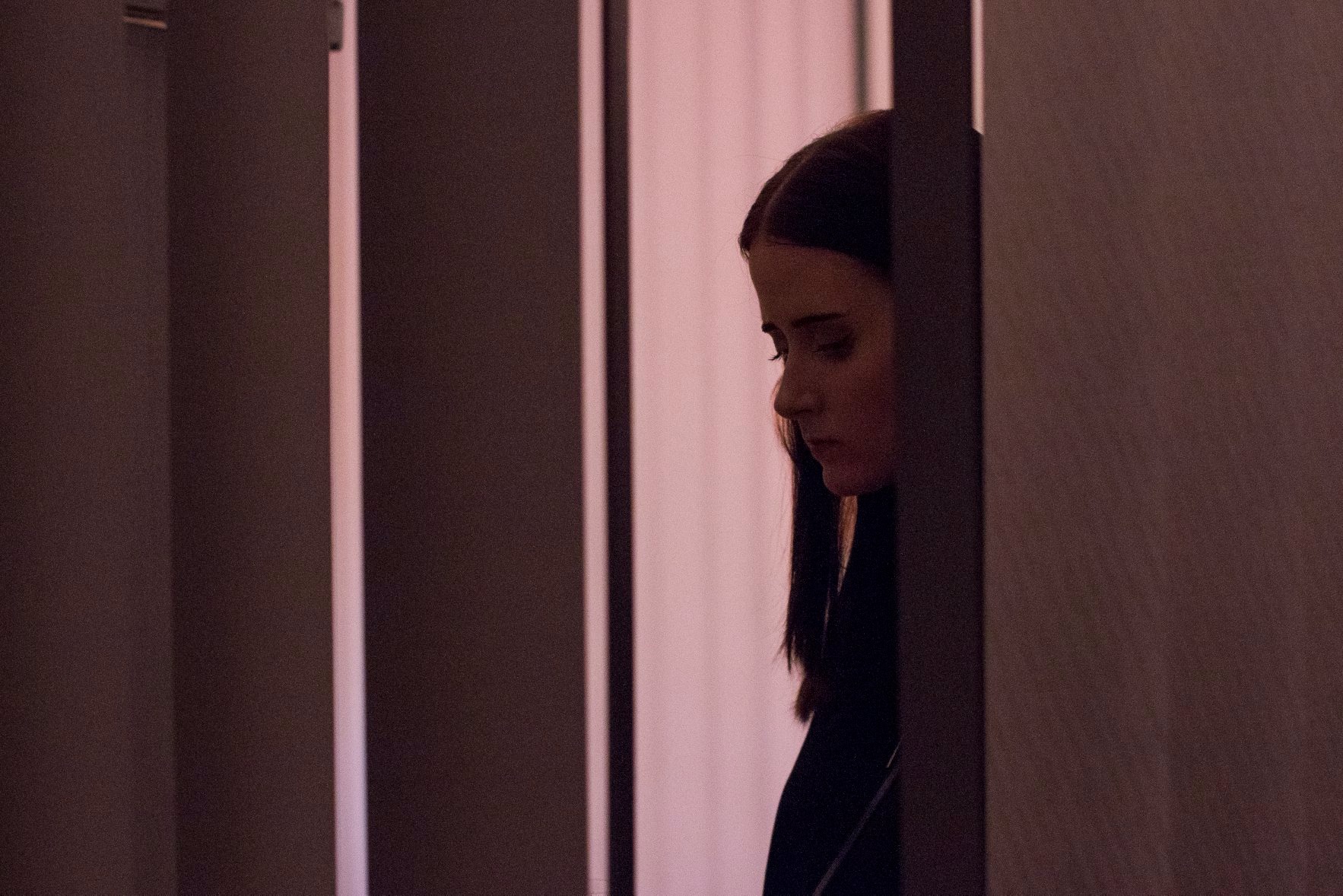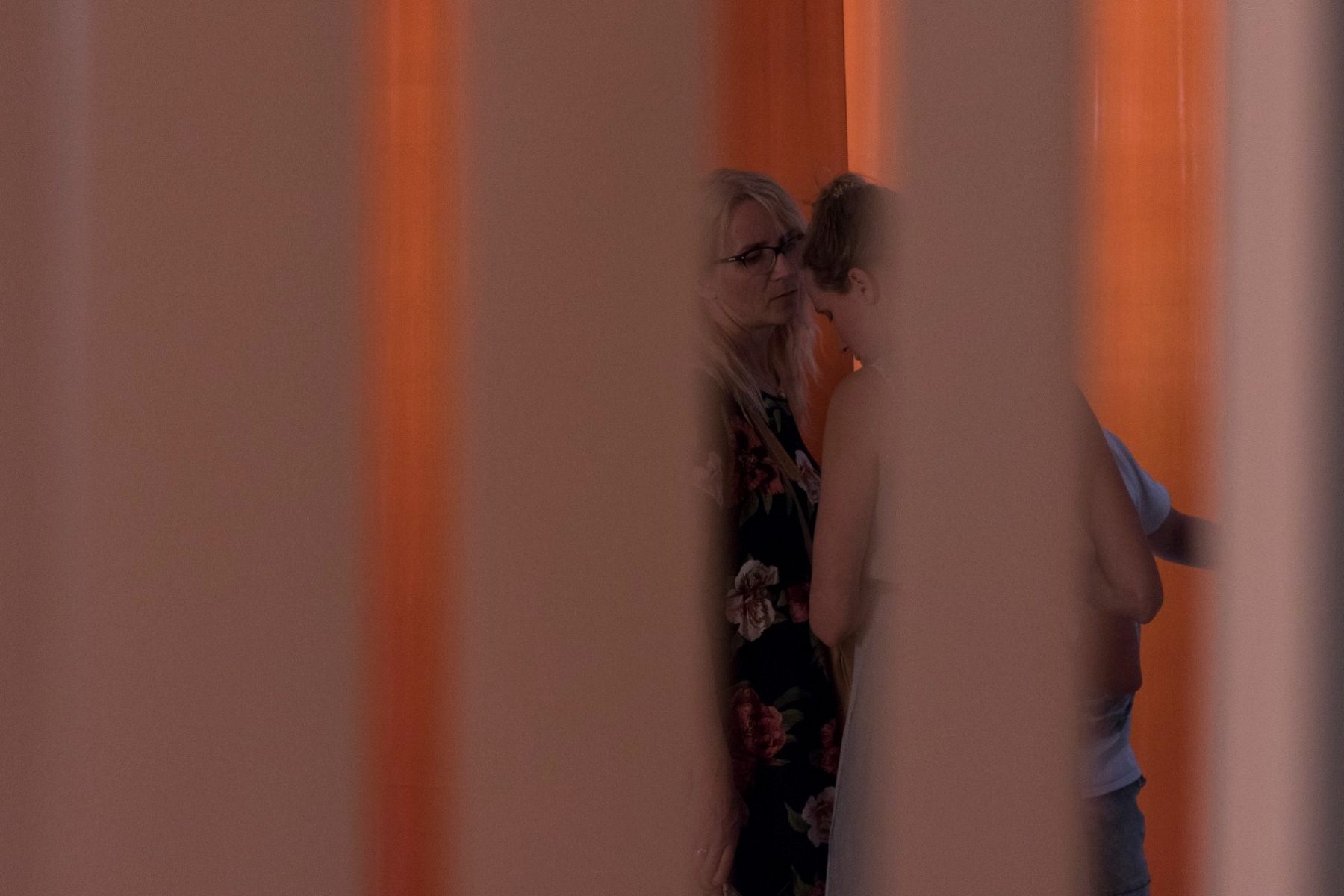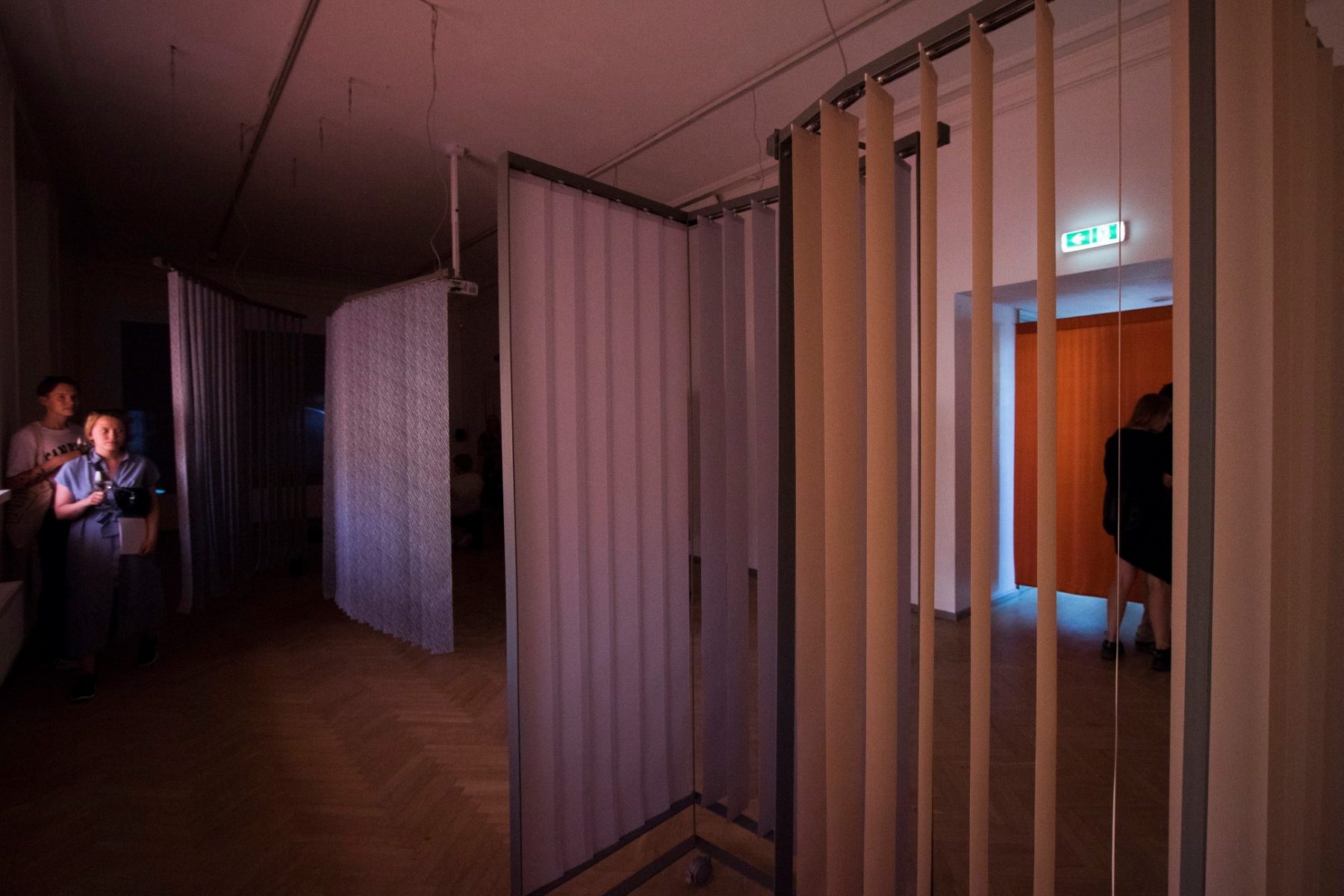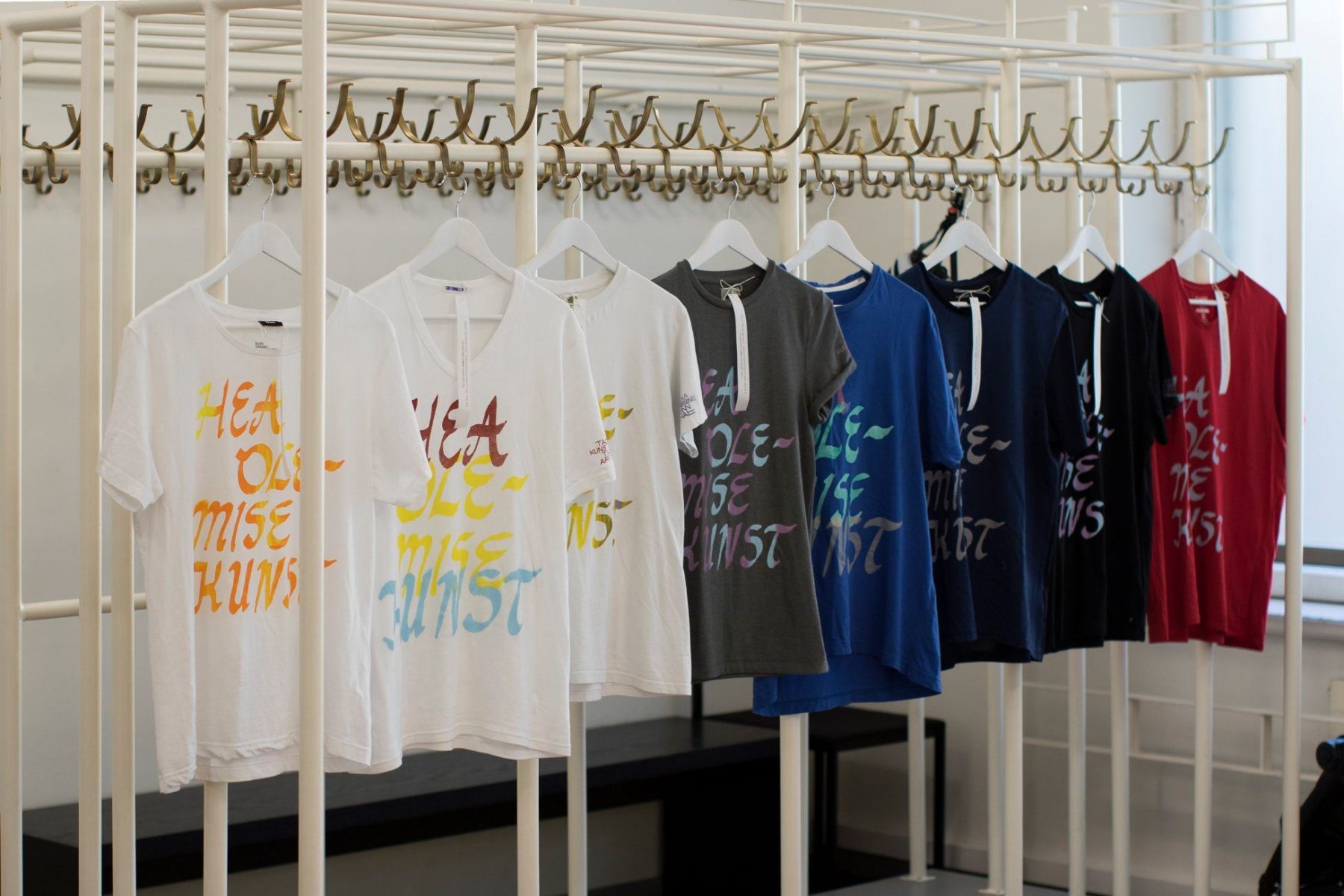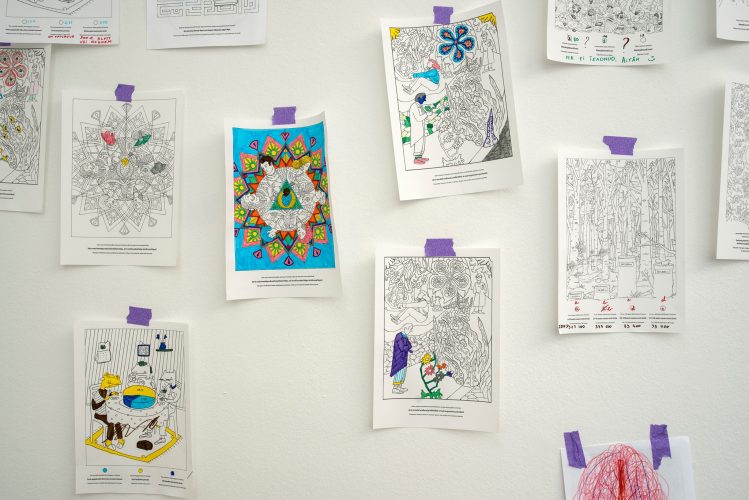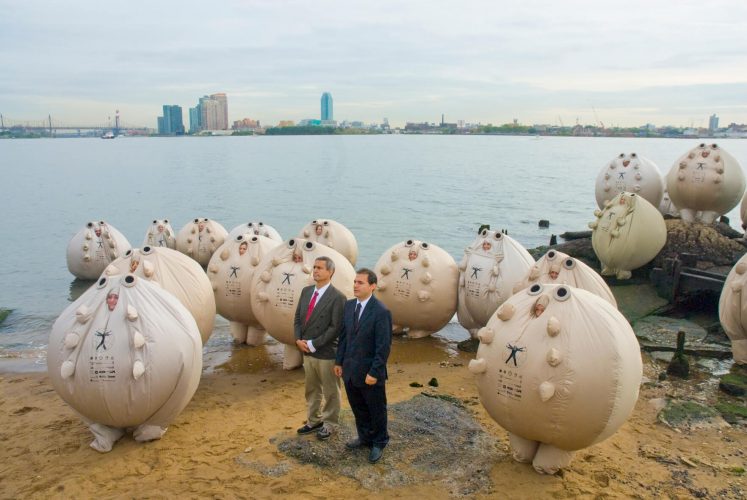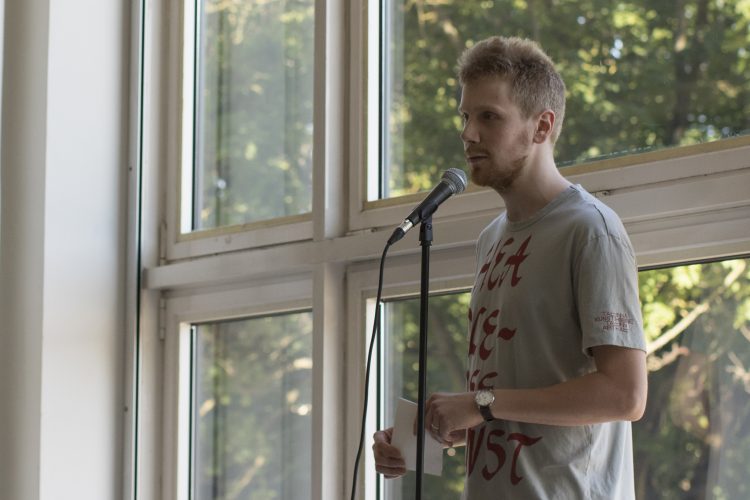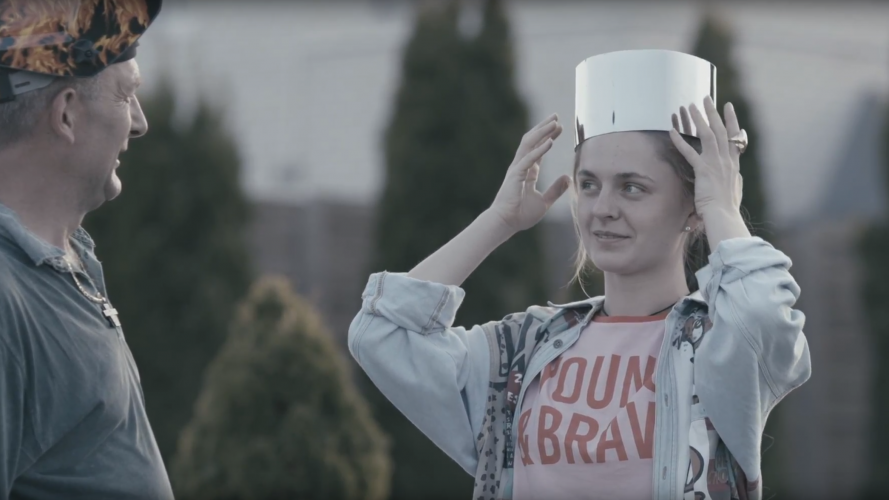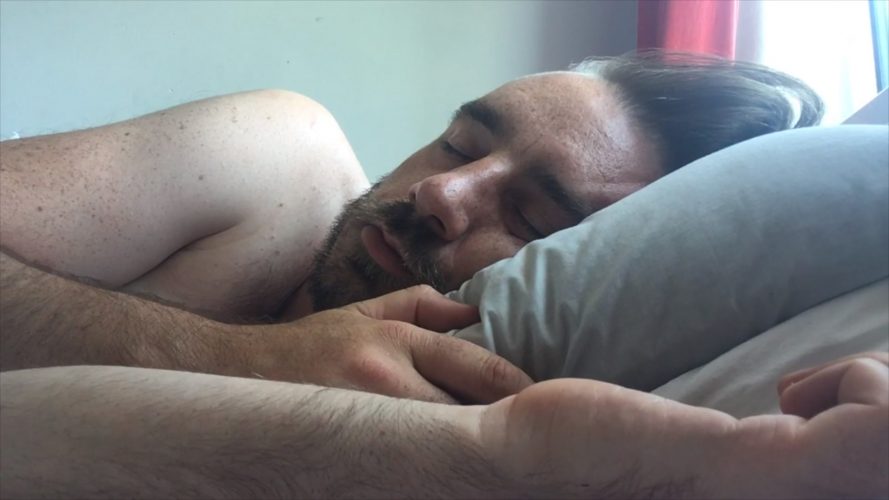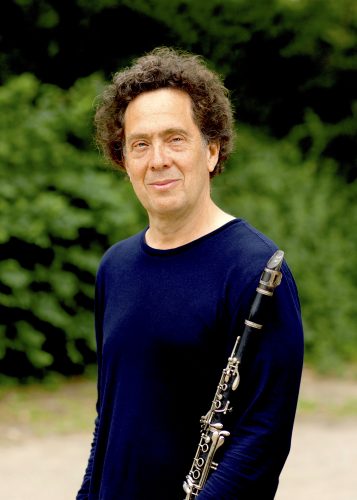The Art of Being Good
Curator: Siim Preiman
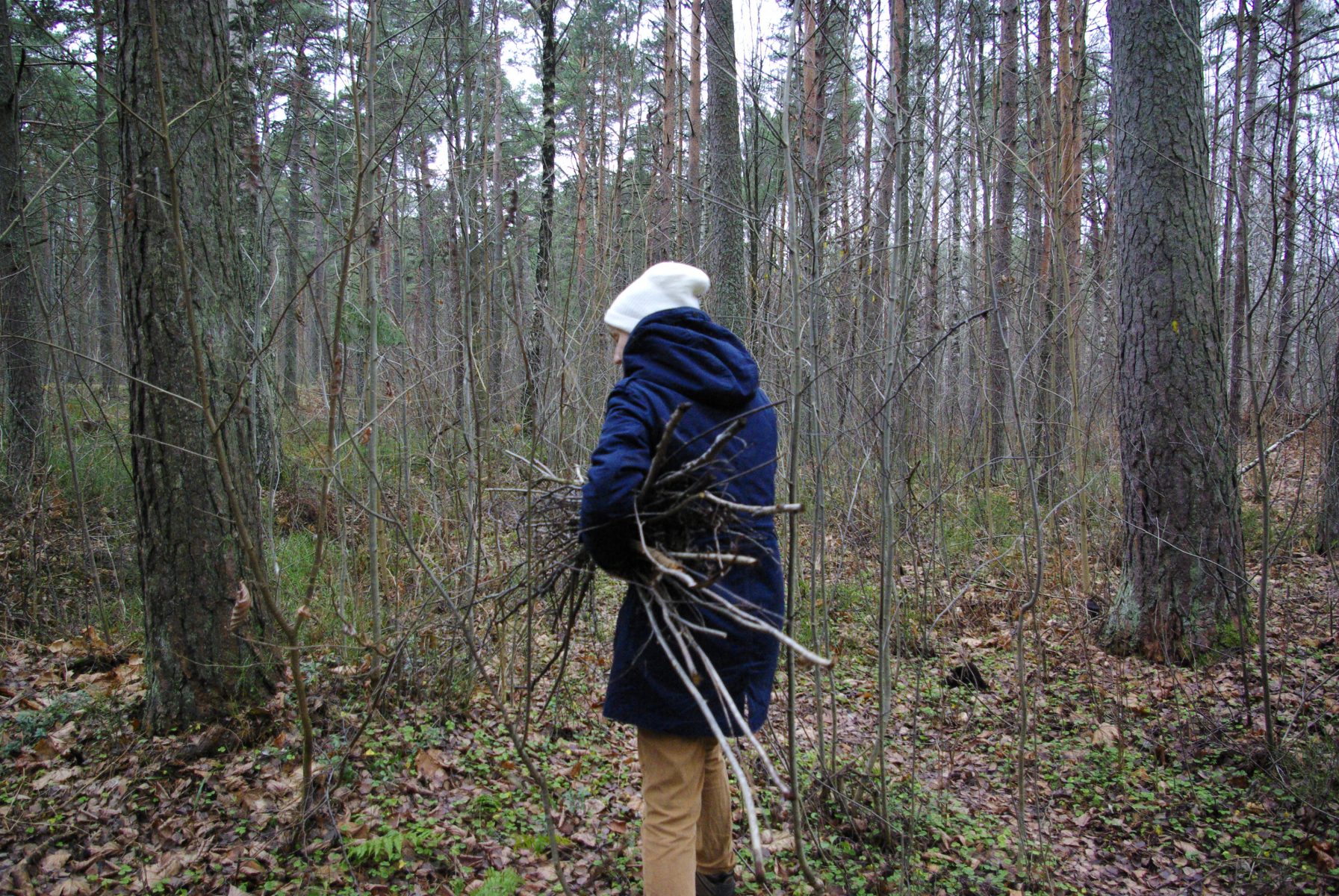
From 22 June, the international group exhibition “The Art of Being Good” will be open at Tallinn Art Hall. The exhibition looks at the ethics of making art in the complicated world struggling with the current global crisis and is an attempt to produce an visual experience suitable to the seriousness of the situation.
Participating artists: Dylan Ray Arnold, Carl Giffney, Diana Lelonek, Taus Makhacheva, Georgi Markelov, Eléonore de Montesquiou, Jana Shostak and Jakub Jasiukiewicz, Hanna Piksarv, Liina Pääsuke, Bita Razavi, Uku Sepsivart, The Idiots, Roi Vaara, Mari Volens. The exhibition is curated by Siim Preiman.
Obviously, the inhabitants of every era have probably felt that it is they that are living in a time of impending ruin. Almost daily we can read new reports in the news about the problems faced by a specific species, the increased rate of glaciers melting or the effect of climate change on human habitation. Now we know that the reason for all of this is our eagerness to extract resources from the Earth and, for the first time, we can draw a direct line between our everyday behaviour and the dangerous global developments.
“Truly, the art of being good is the art of moving, step by step, through right and wrong choices and decisions made with good intentions, and reaching a new level of conscience and integrity. But what good is all this personal integrity and material morality when the scale of the challenge, such as the climate crisis and environmental degradation, is utterly global? When obstacles come from diverse societal understandings of morality, and from relentless materialism driven by the competition between countries, companies and groups?” Aet Annist asks in her essay published in the exhibition guide. What would an art look like that is responsible for the era?
“Although tackling the ecological, social and economic components of the crisis is normal in art, artworks and exhibitions rarely direct attention towards their own role in the ruinous sequence of events. Therefore, we see a record of the people living in poverty, who don’t receive a cut from the profits of exhibiting the work depicting them, and artworks created from poisonous artificial materials, which warn us of the impending plastic dystopia,” writes Siim Preiman in the text accompanying the exhibition.
The value of each artwork or event certainly cannot be judged based on its ecological footprint alone nor indeed on its social impact, but we can judge the ethical balance between the form and content of a single artwork. The exhibition “The Art of Being Good” offers alternative ways to continue vital (art) practices in a stressful informationally polluted contemporary situation. The artists participating in this exhibition work with very different subjects and materials using a variety of methods. All of their work is nevertheless connected to their own values and actions as individuals.
“The Art of Being Good” is an institutional attempt to find an ethically suitable platform for tackling the burning issues, which is why this time we have excluded all the single use components of the standard recipe for a contemporary art exhibition and have only used the material found at the venue, and as little of that as possible.
The 2019 exhibition programme at Tallinn Art Hall directs special attention towards the possibility of being good and ecologically responsible in the circumstances of certain ruin. Five exhibitions congregate around these themes, of which “The Art of Being Good” is the third. The previous exhibitions were Taavi Suisalu’s “Ocean Botlights” at the City Gallery and Britta Benno’s “Dystopic Tallinn” at the Art Hall Gallery. The curator of this series of exhibitions is Siim Preiman.



